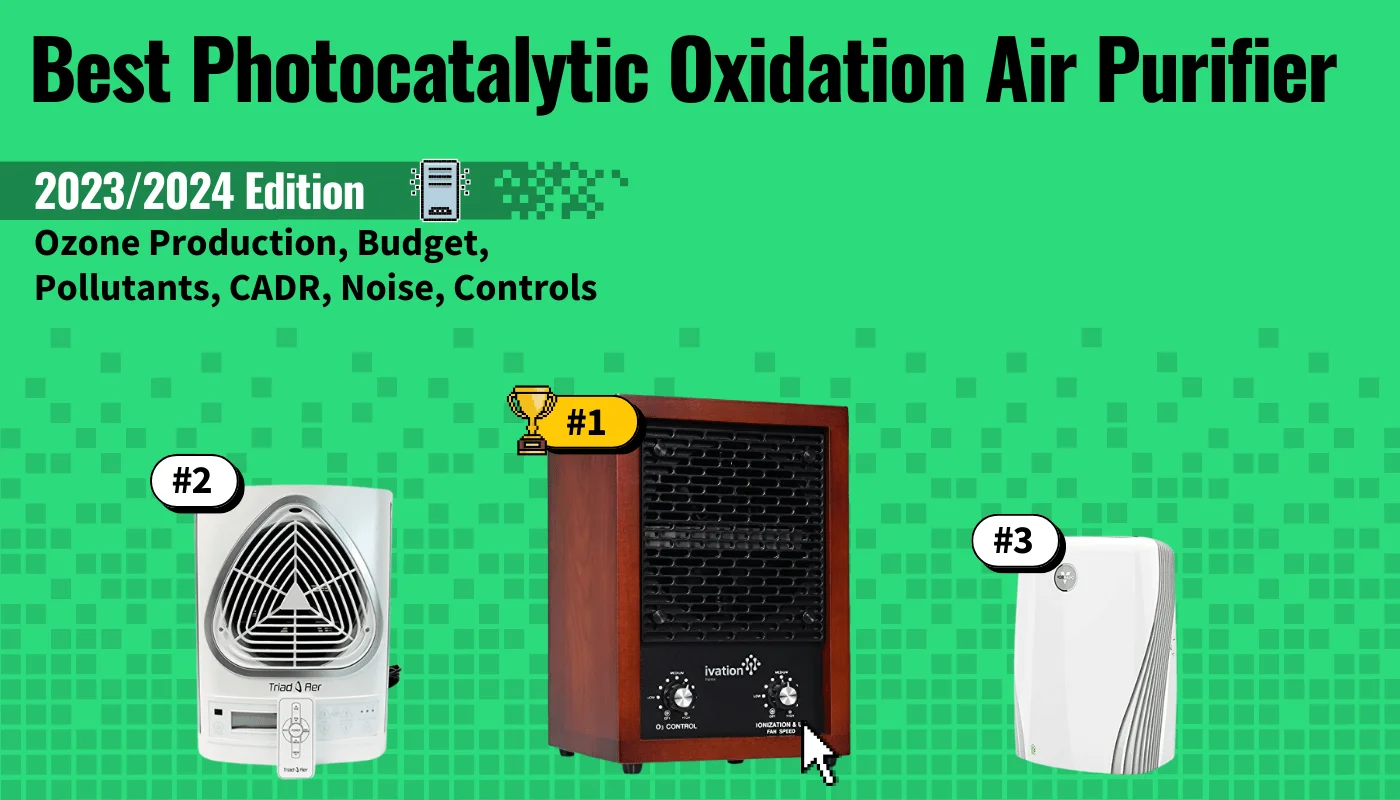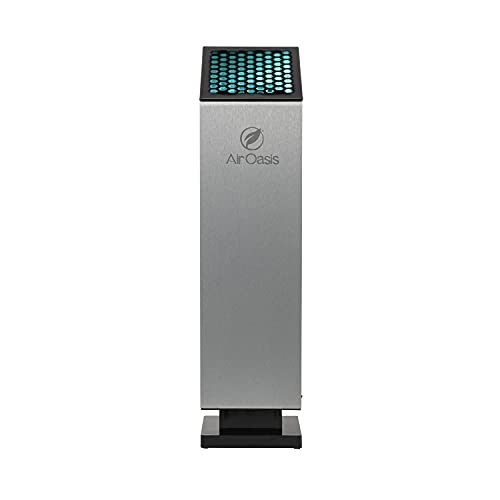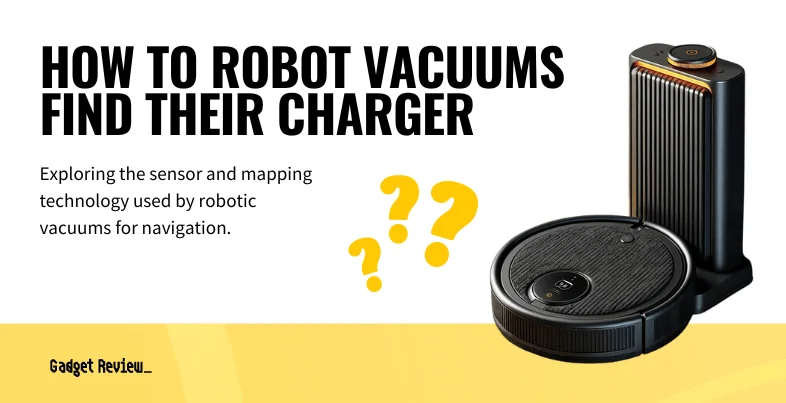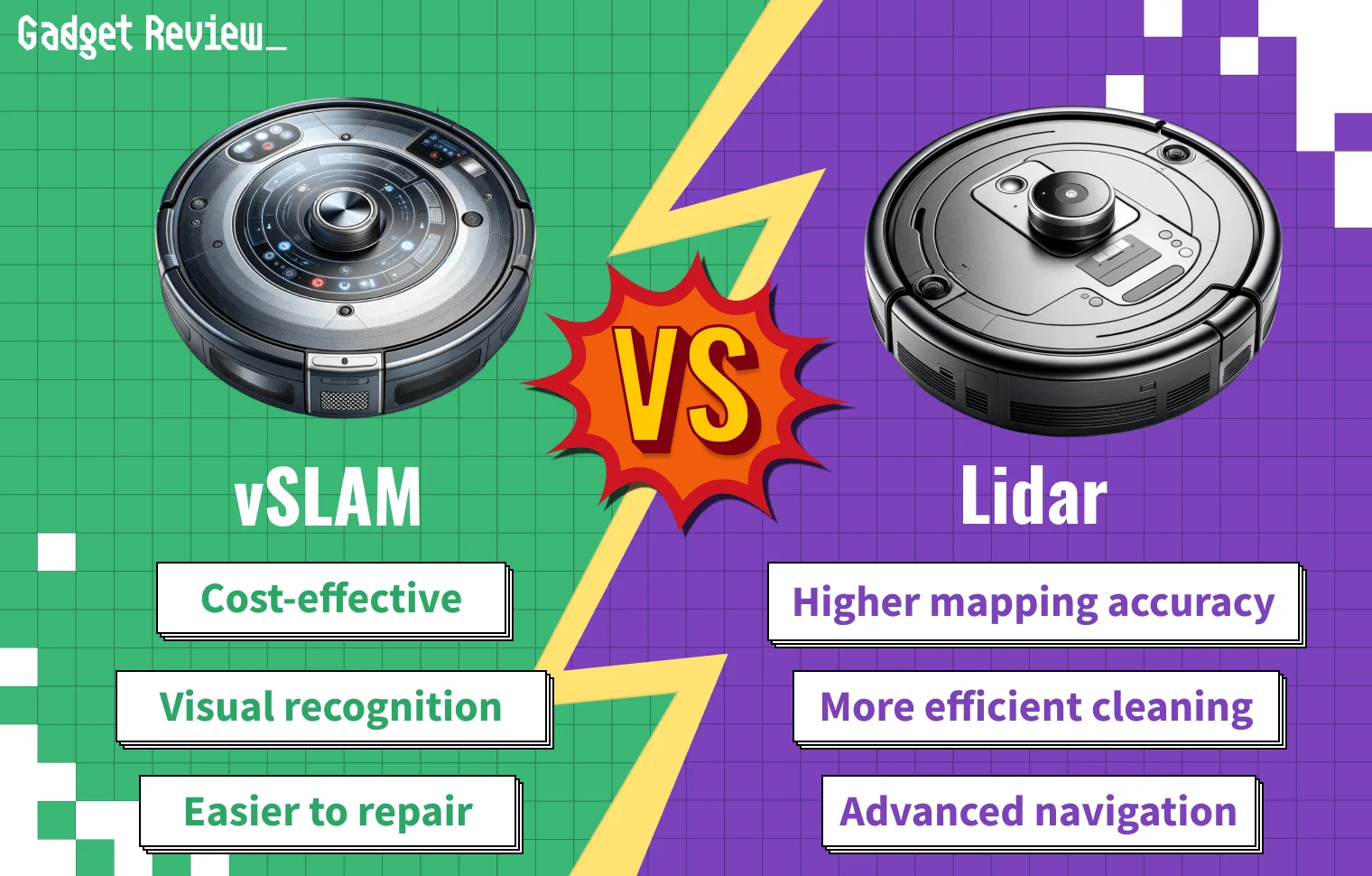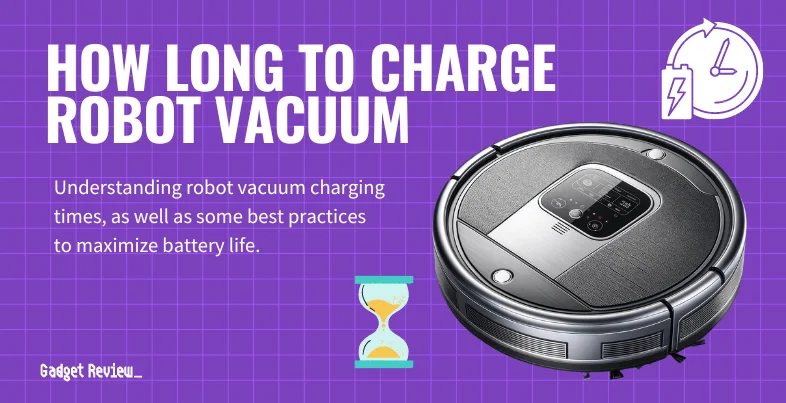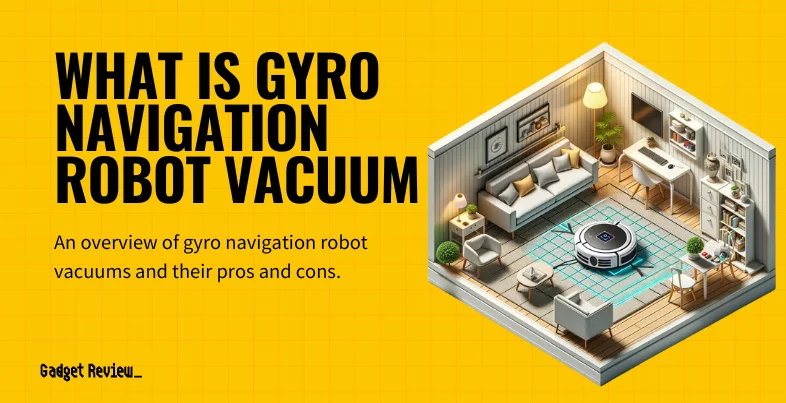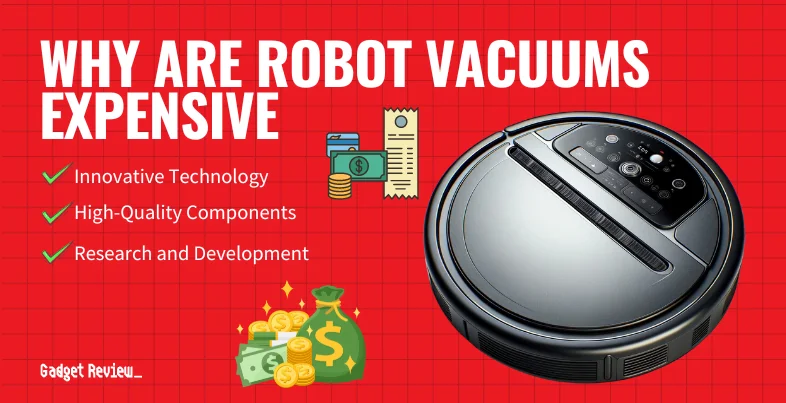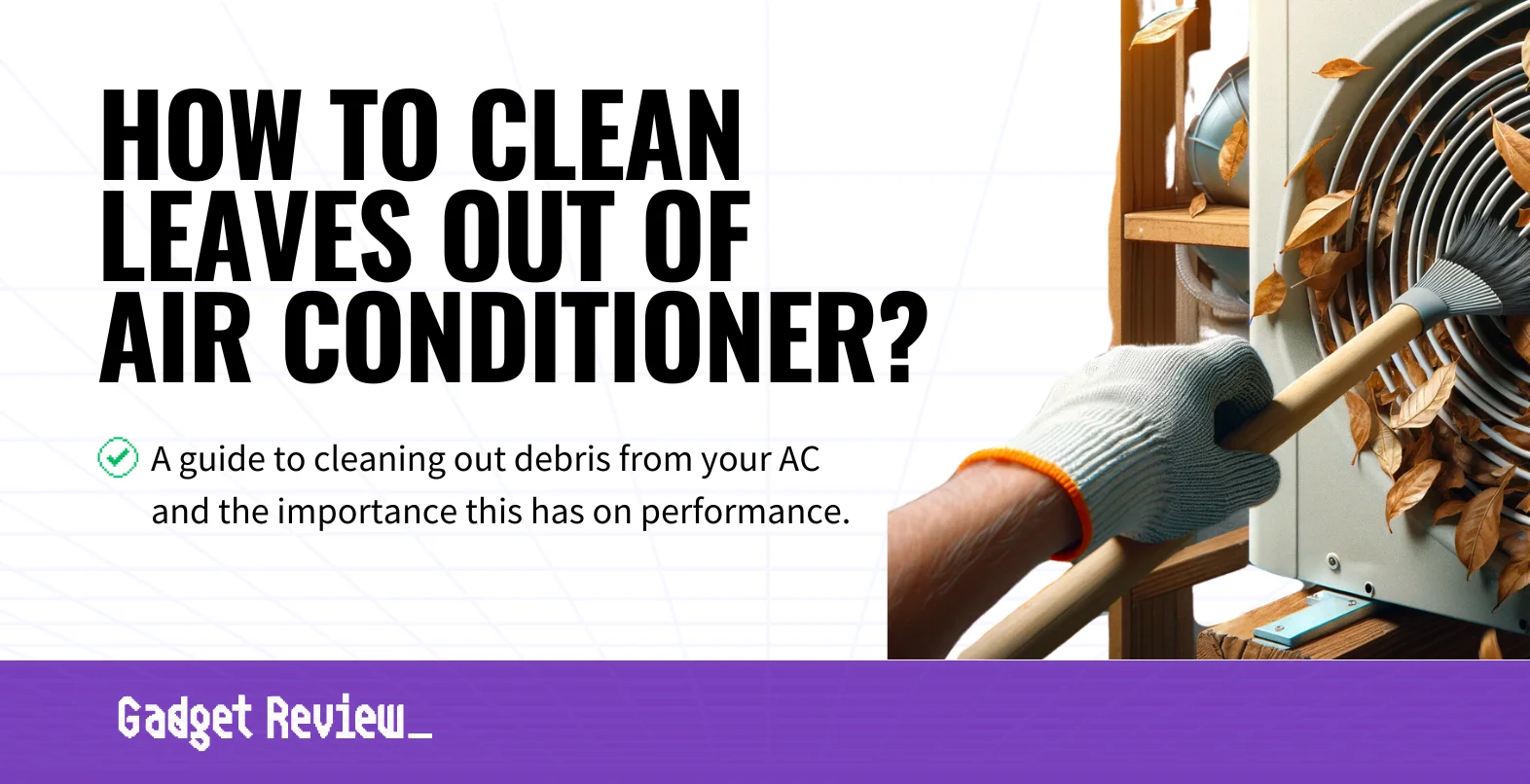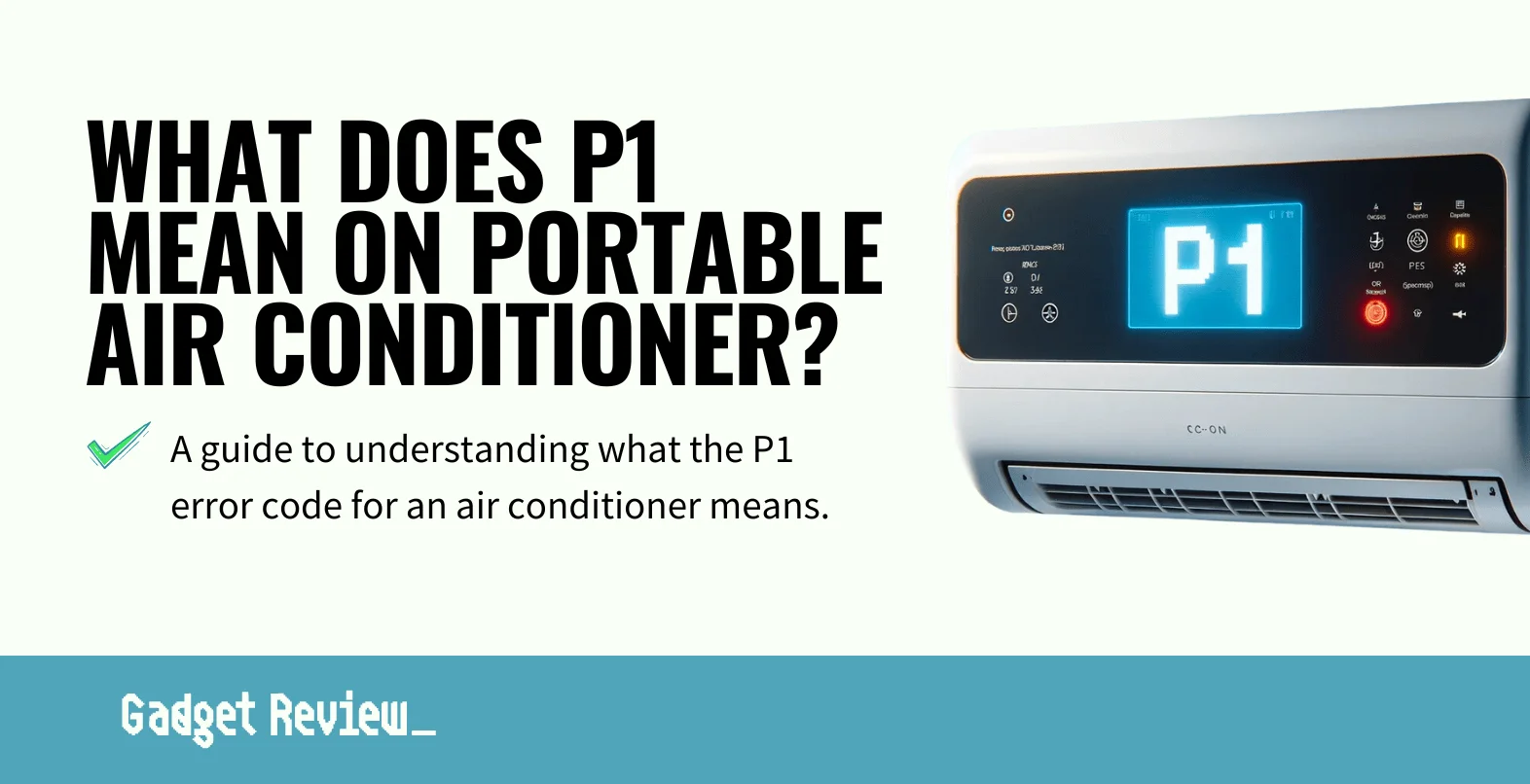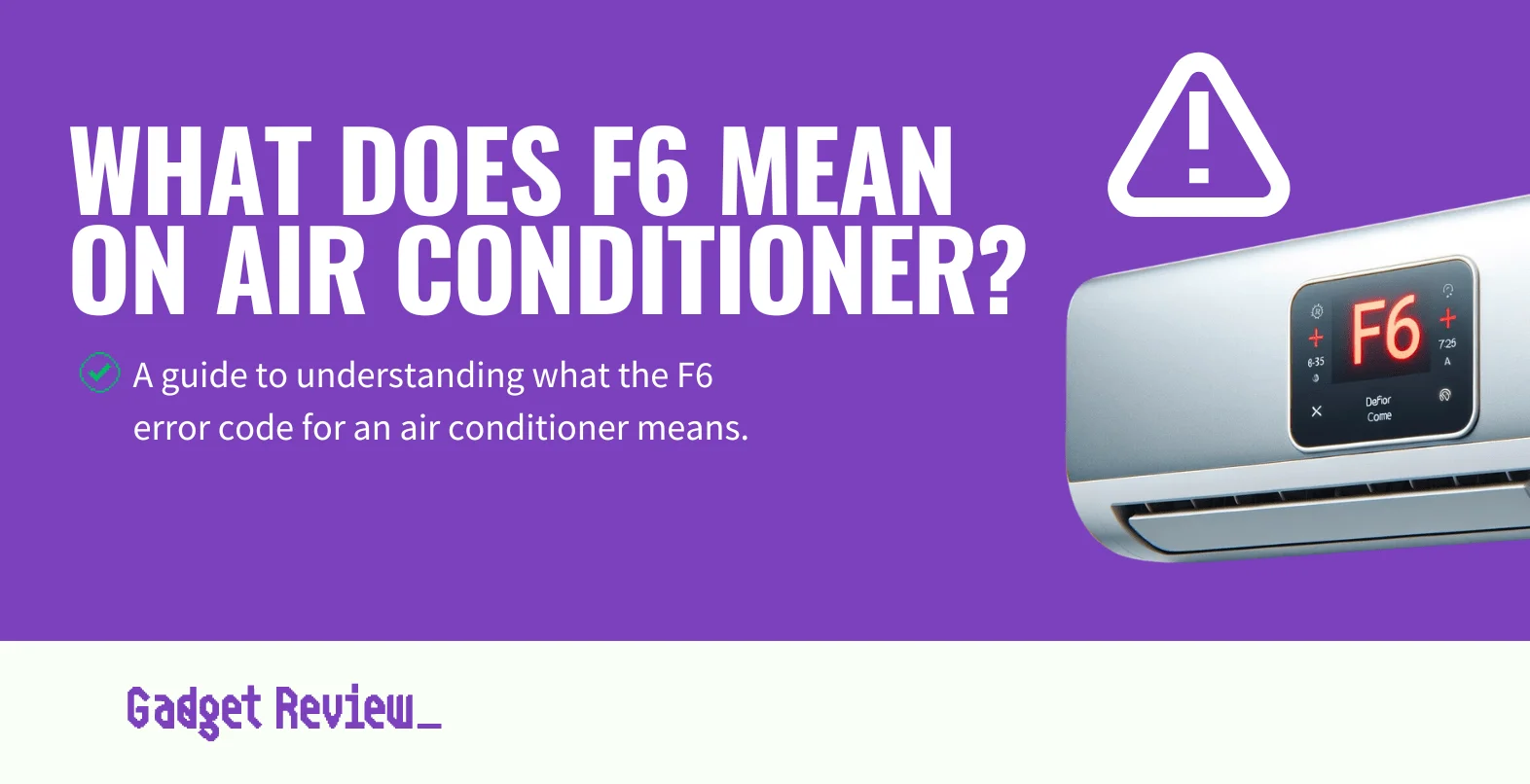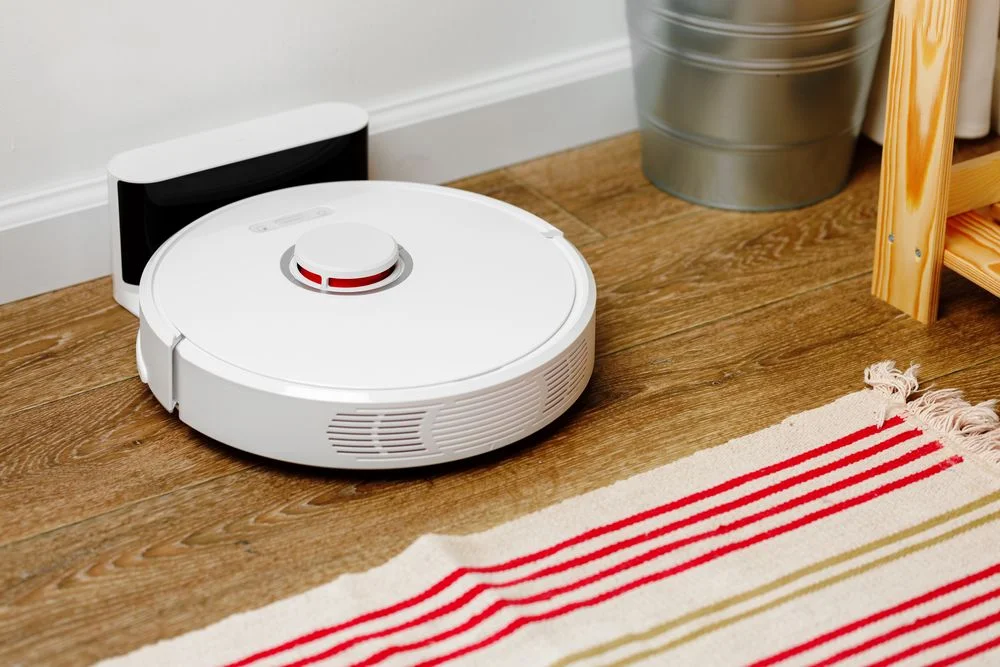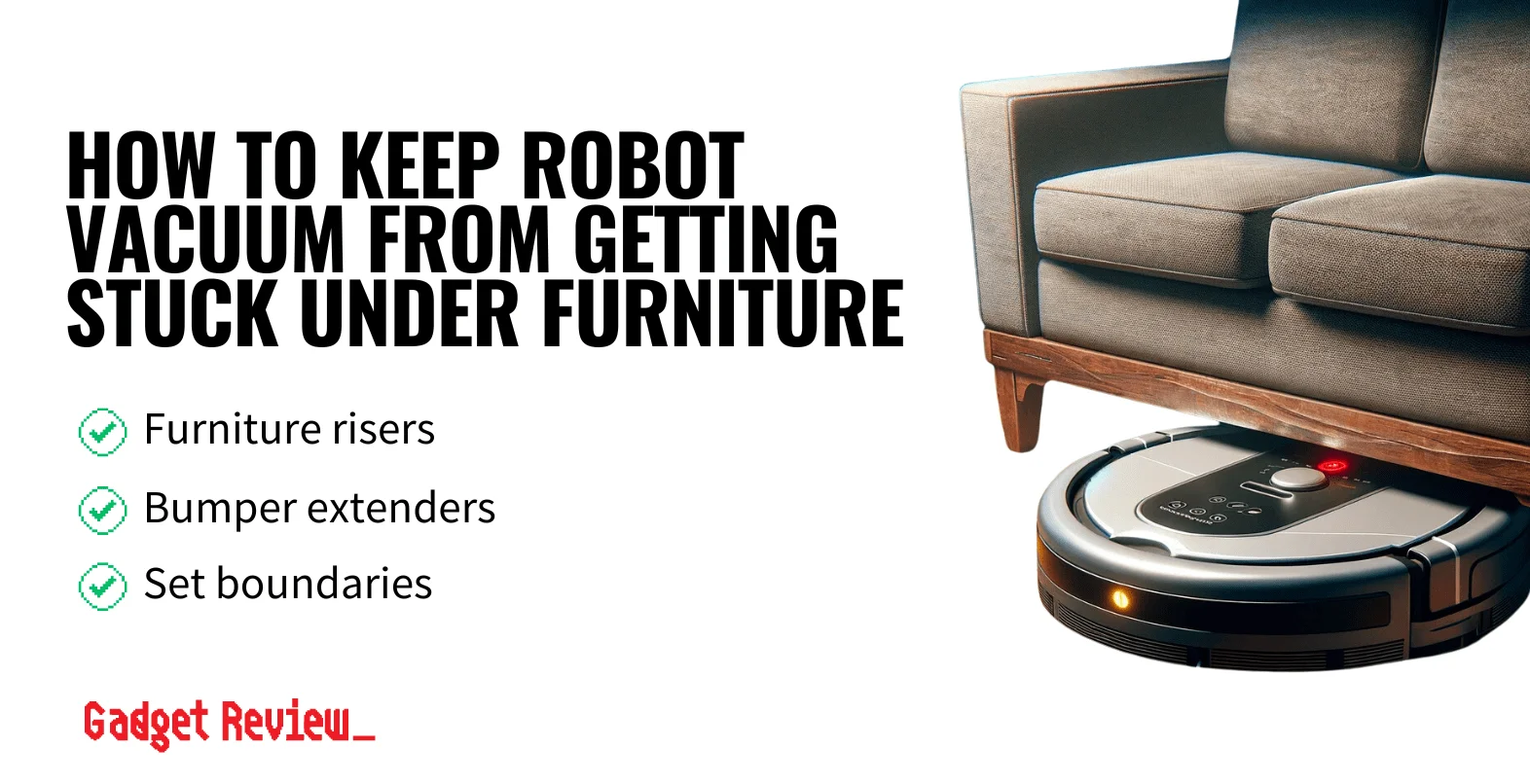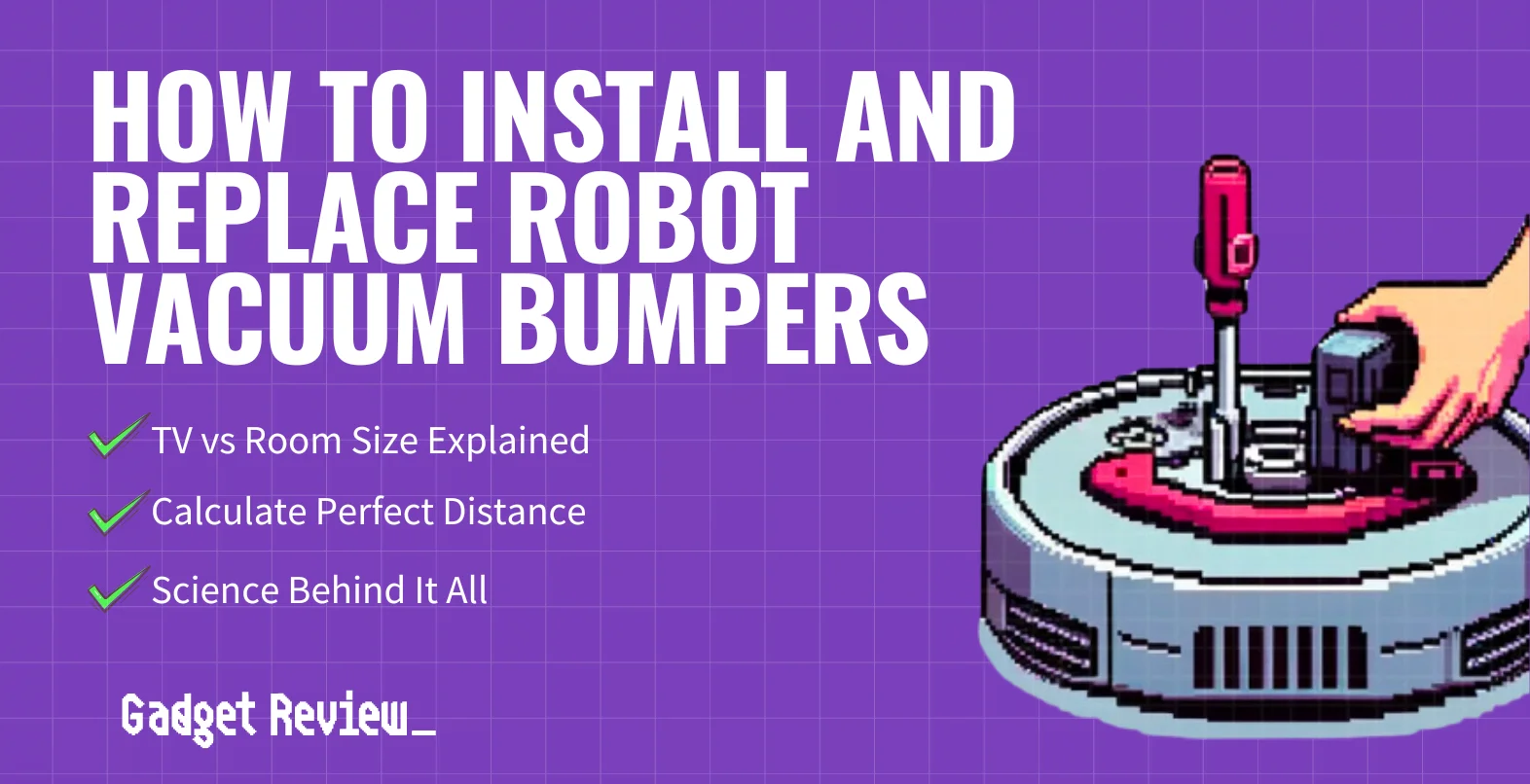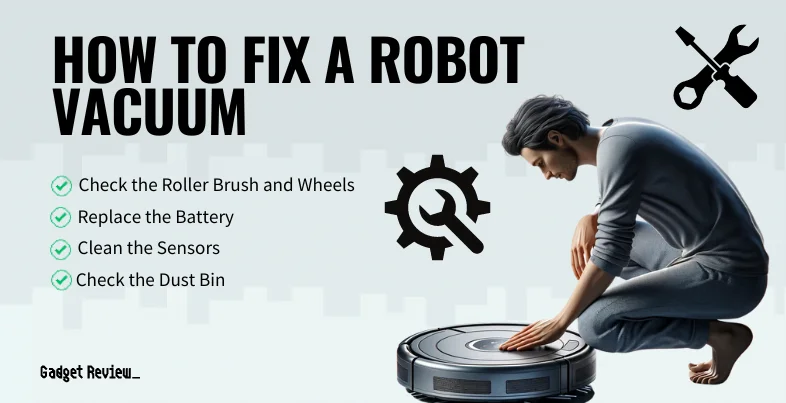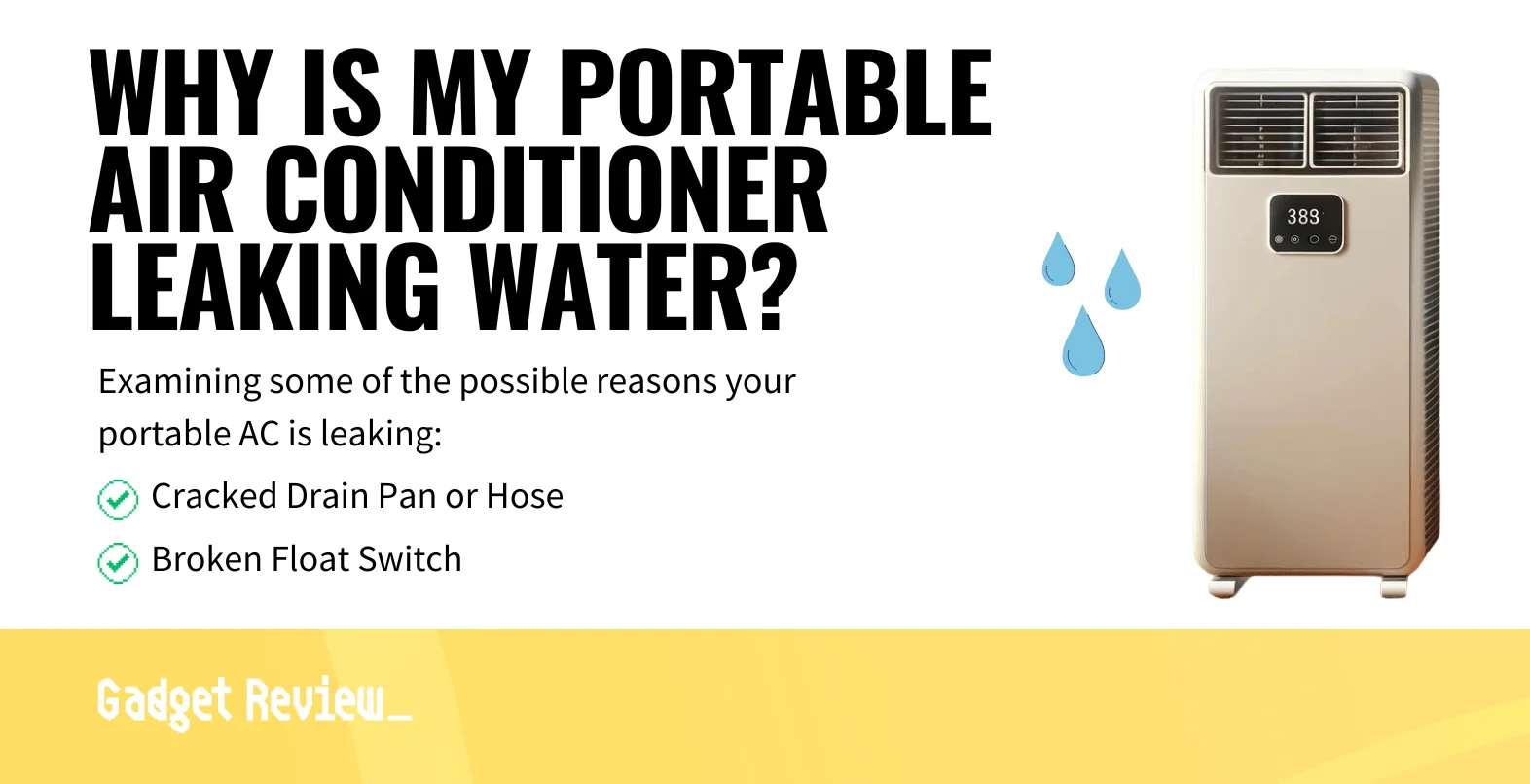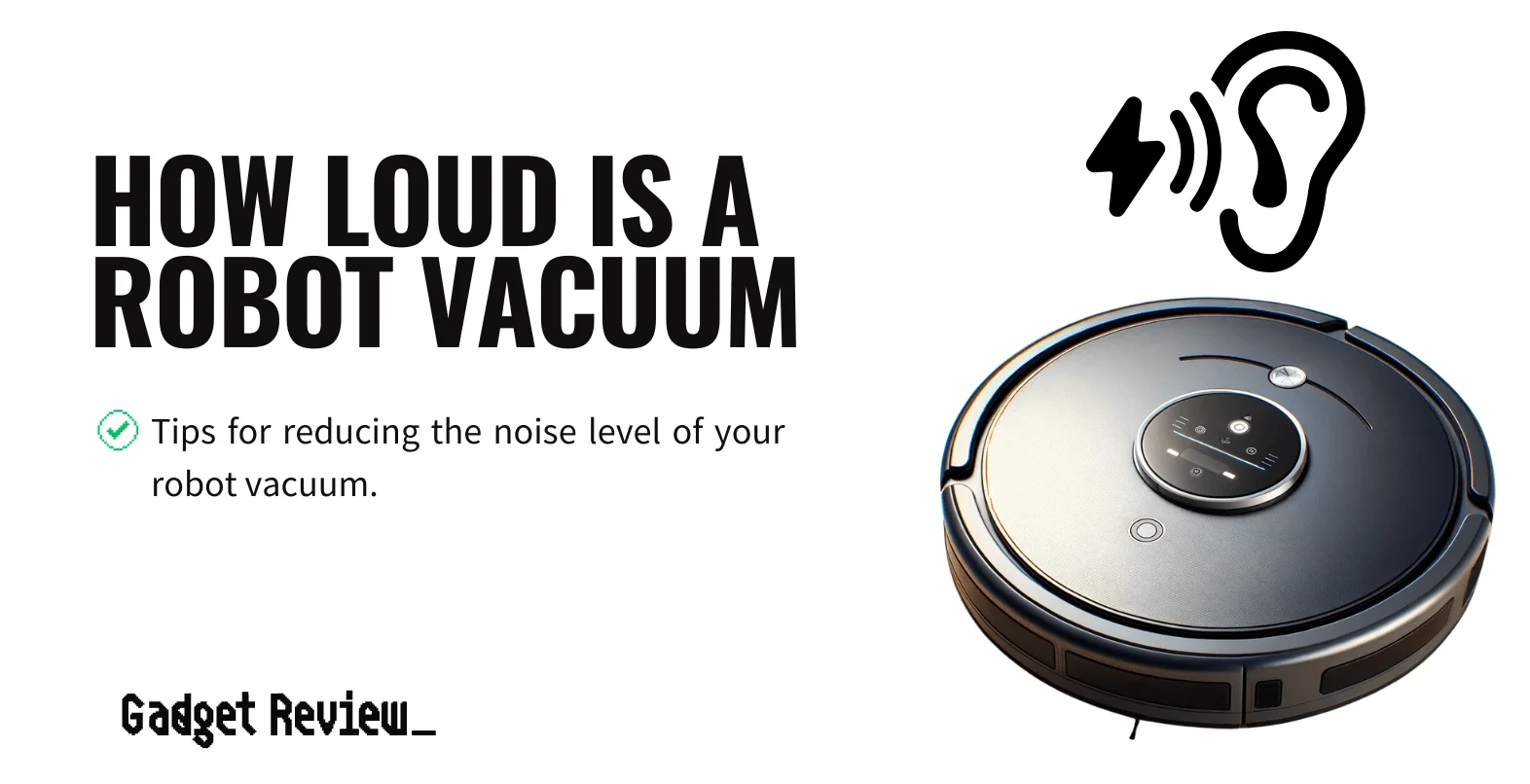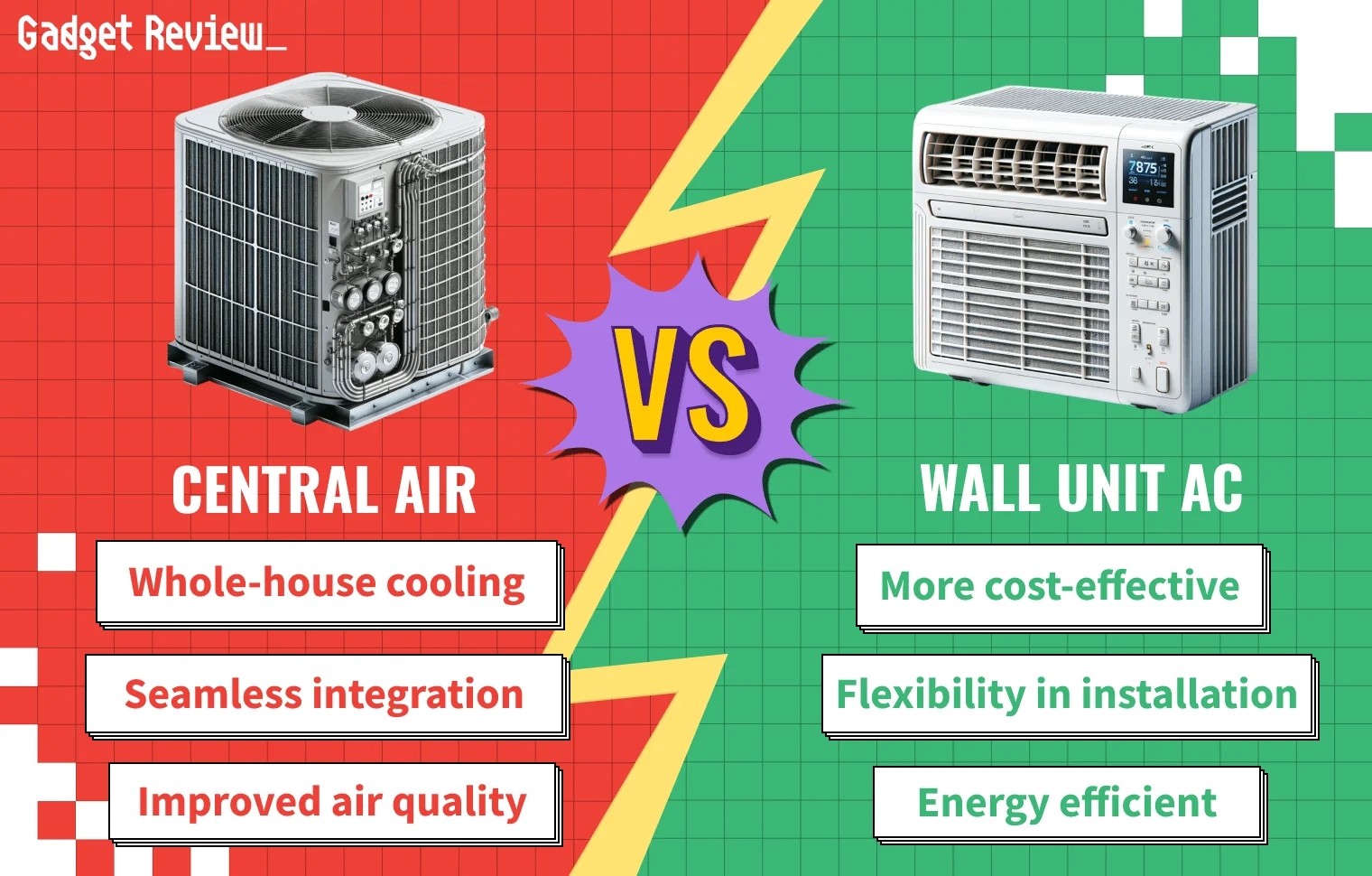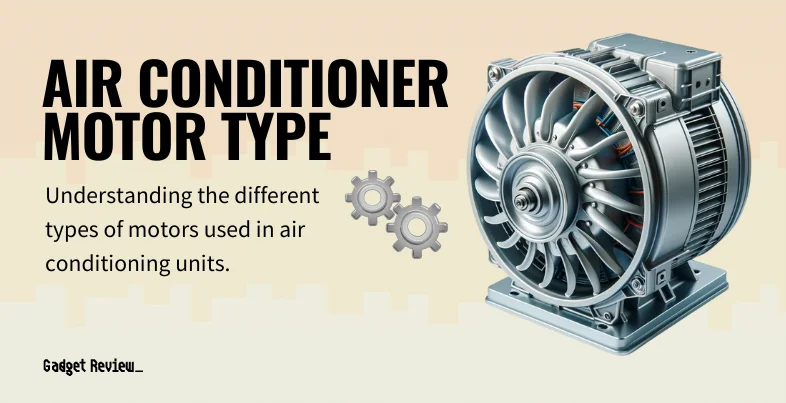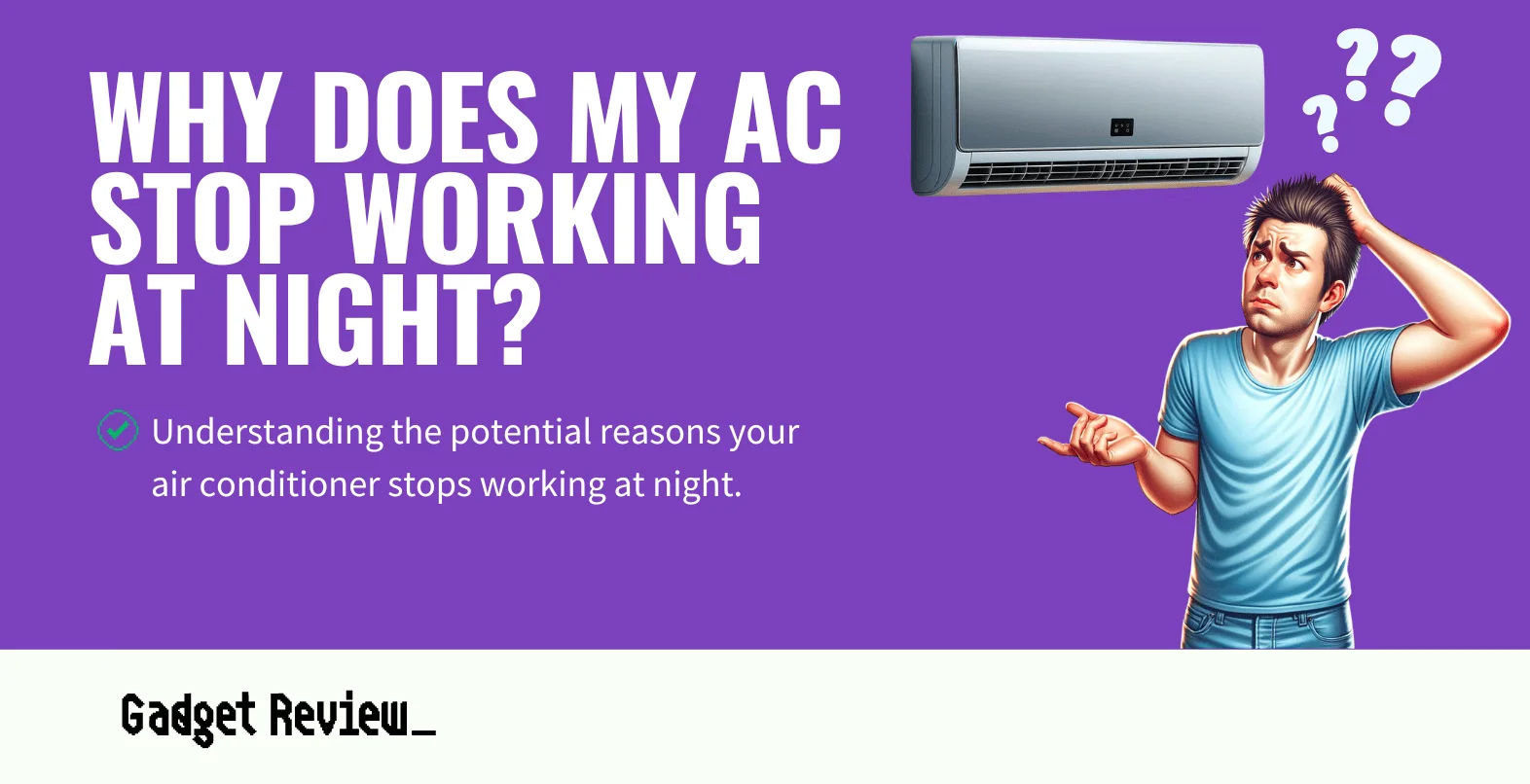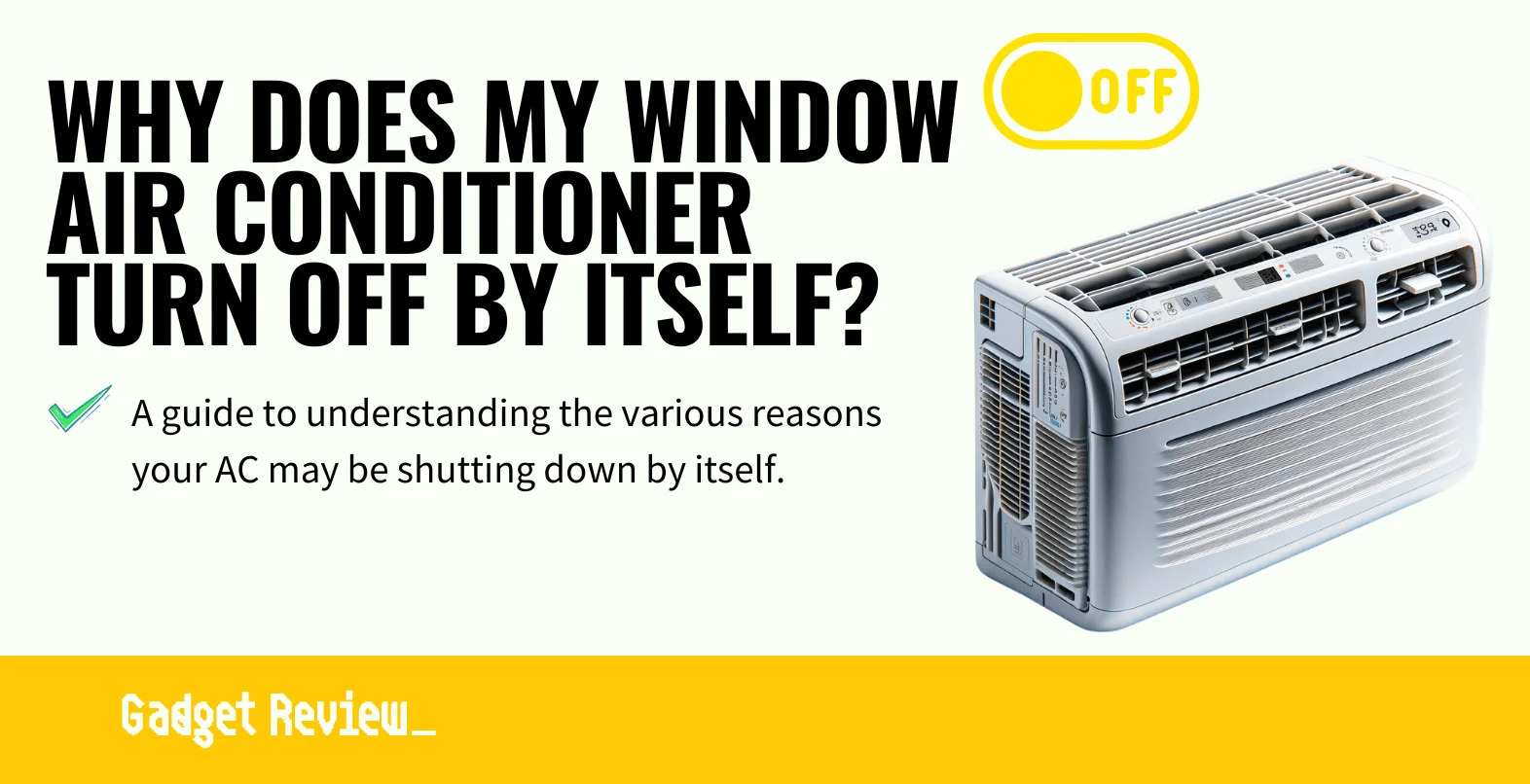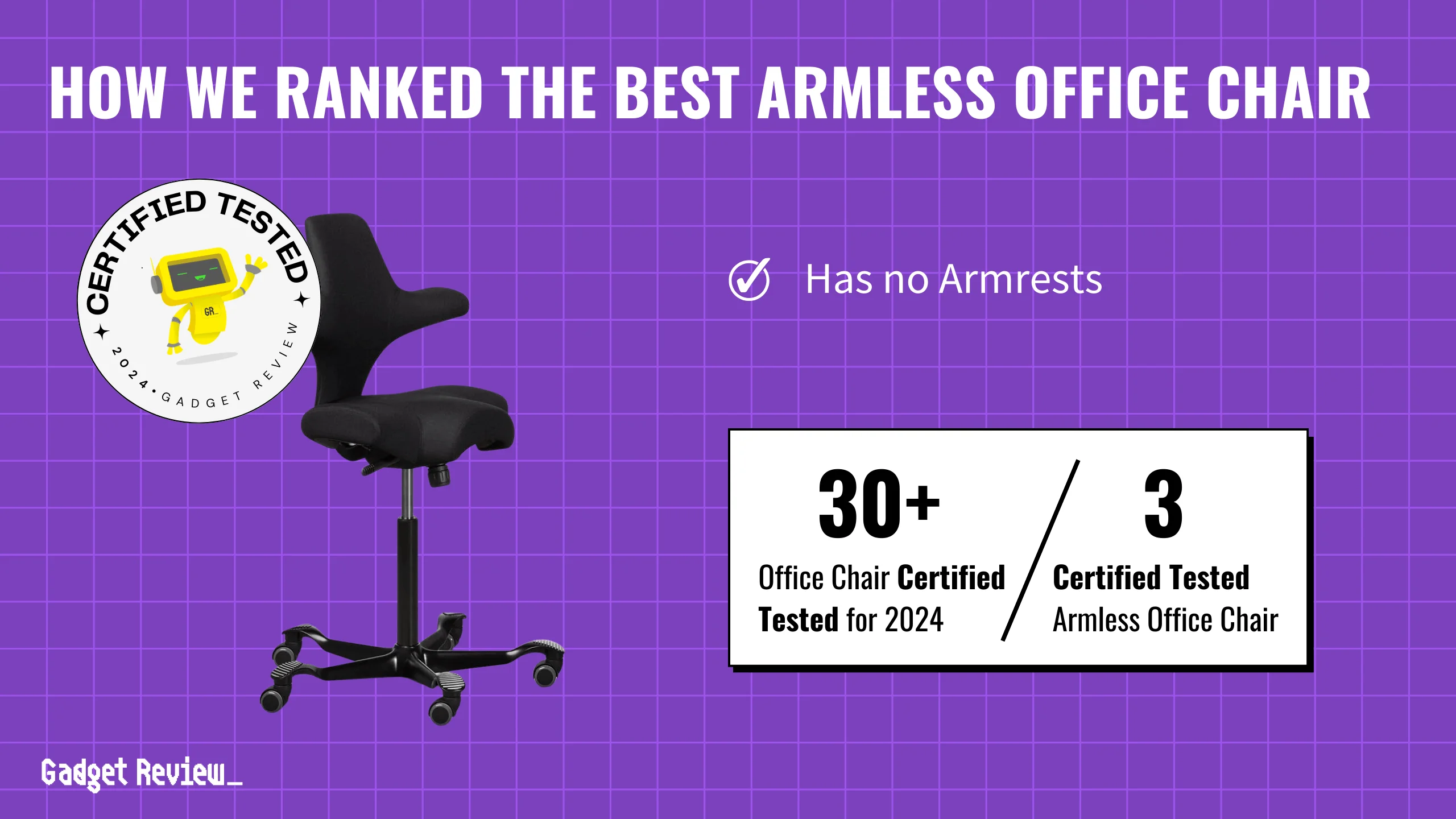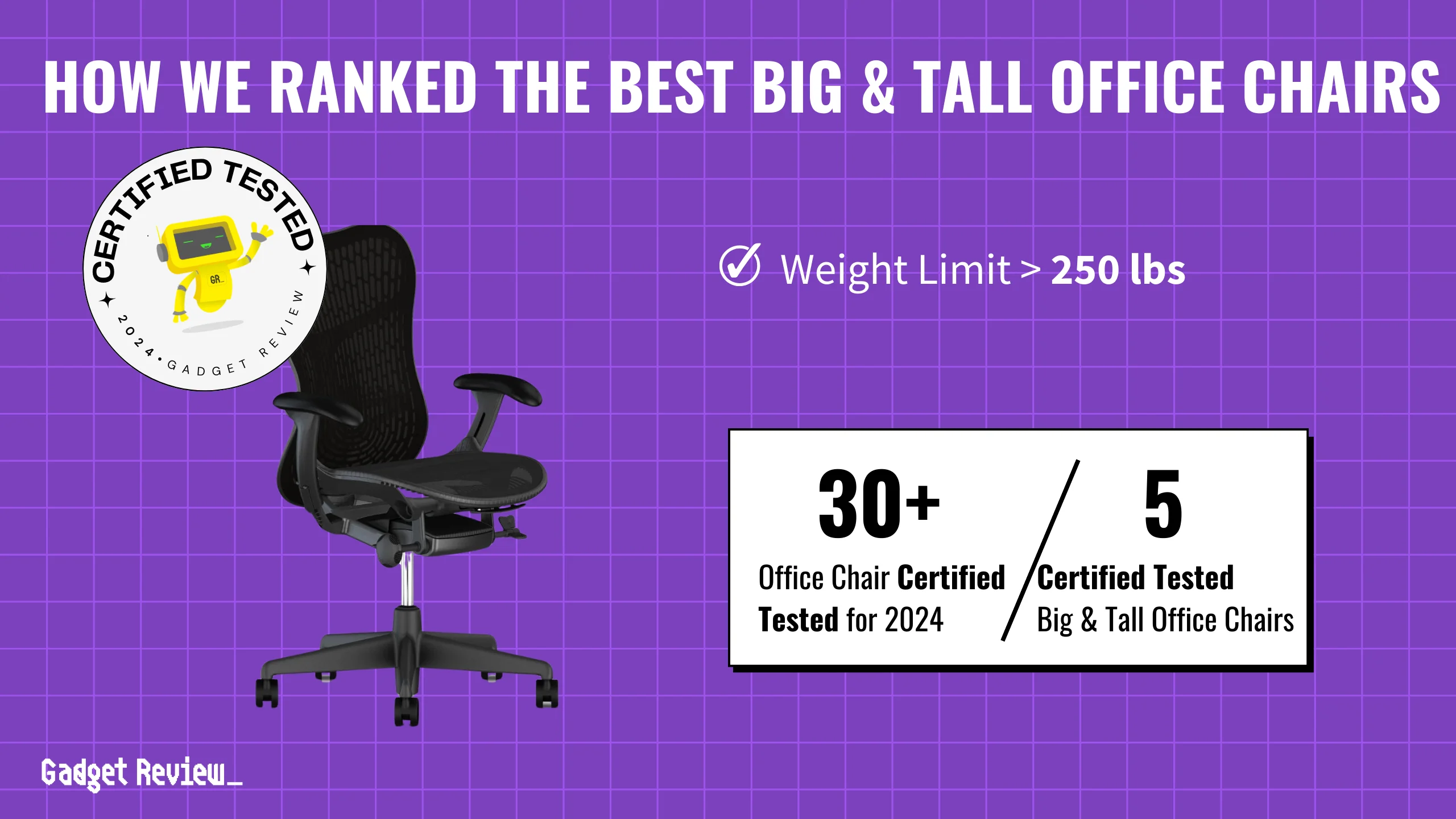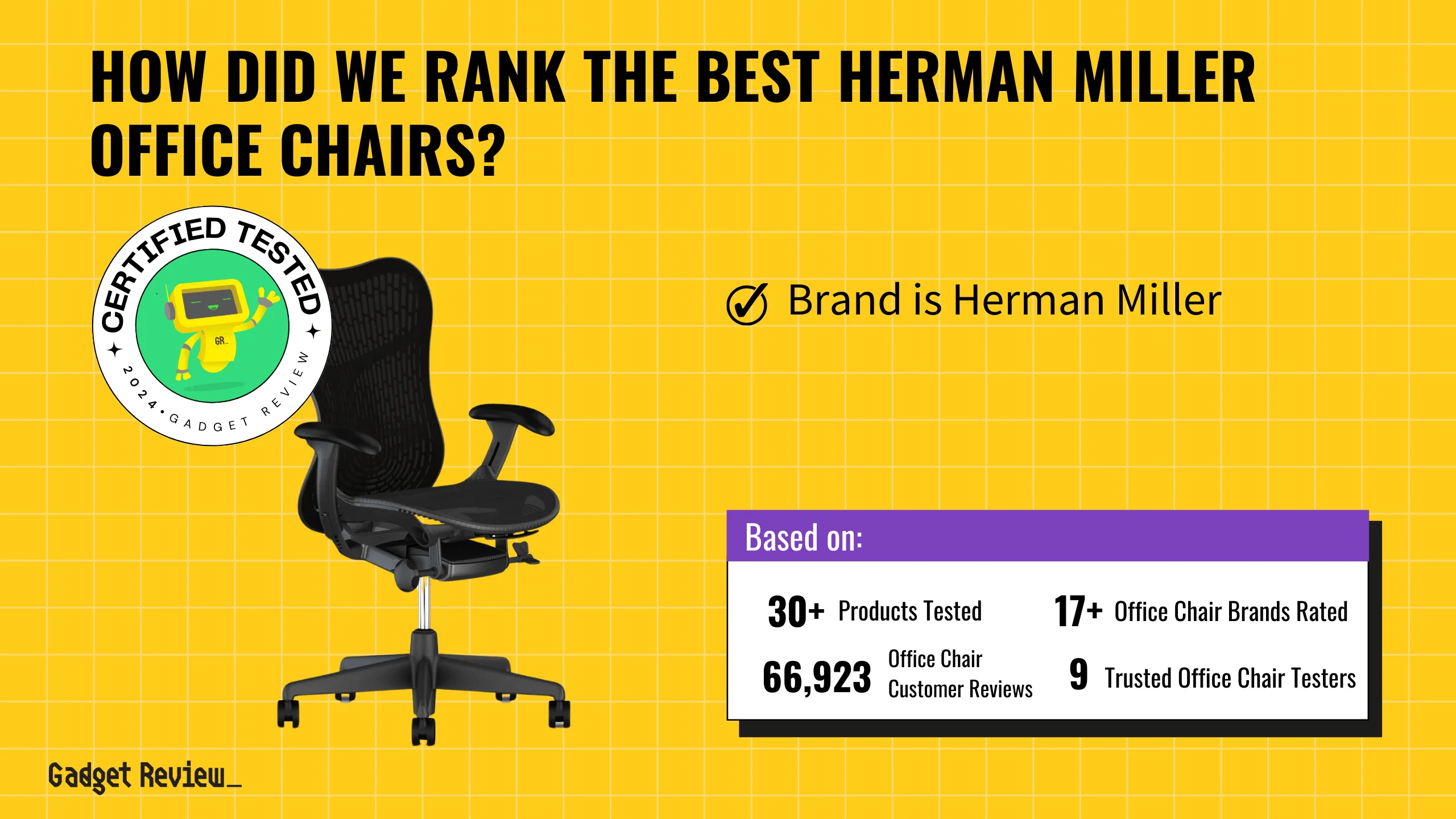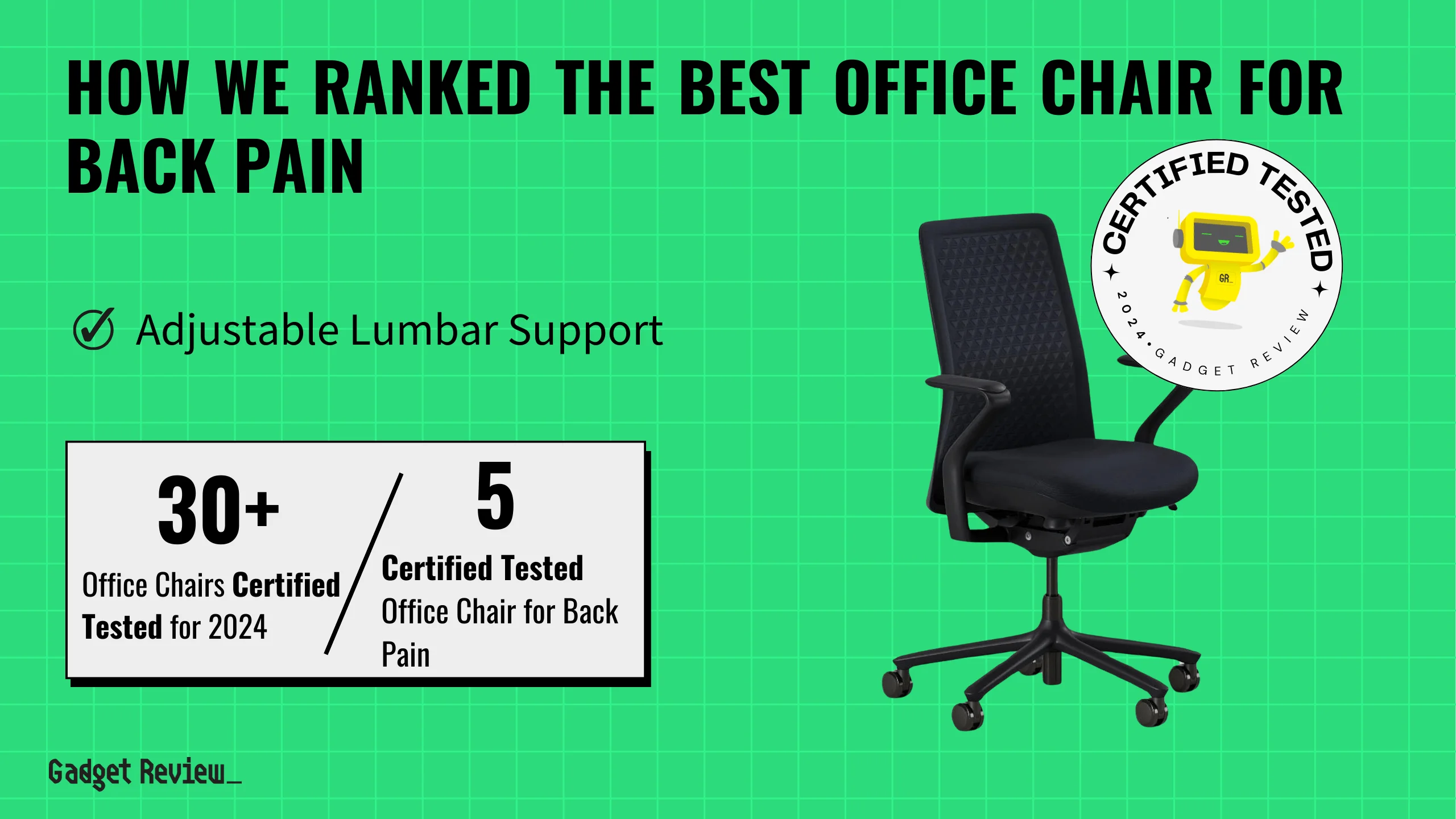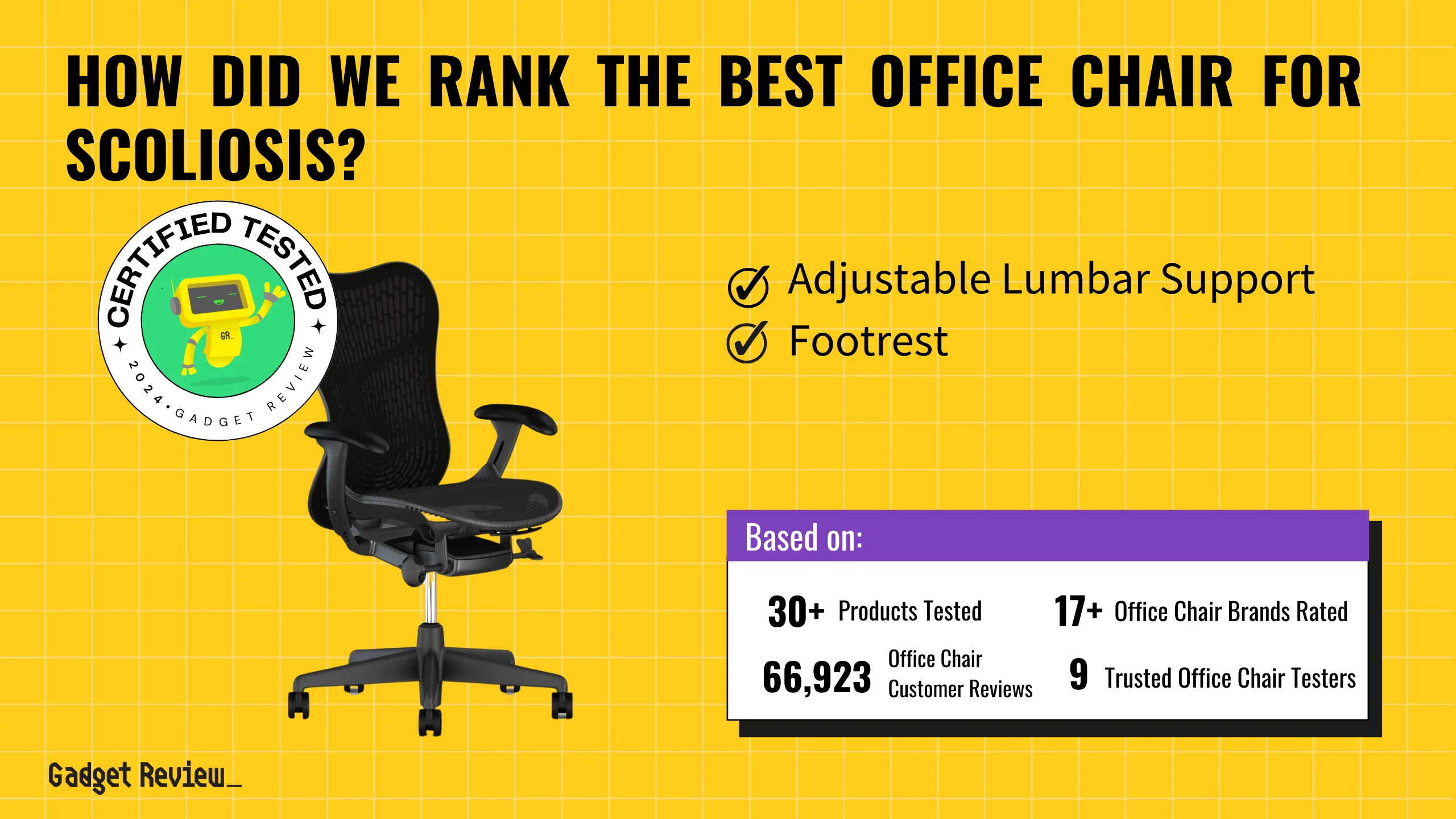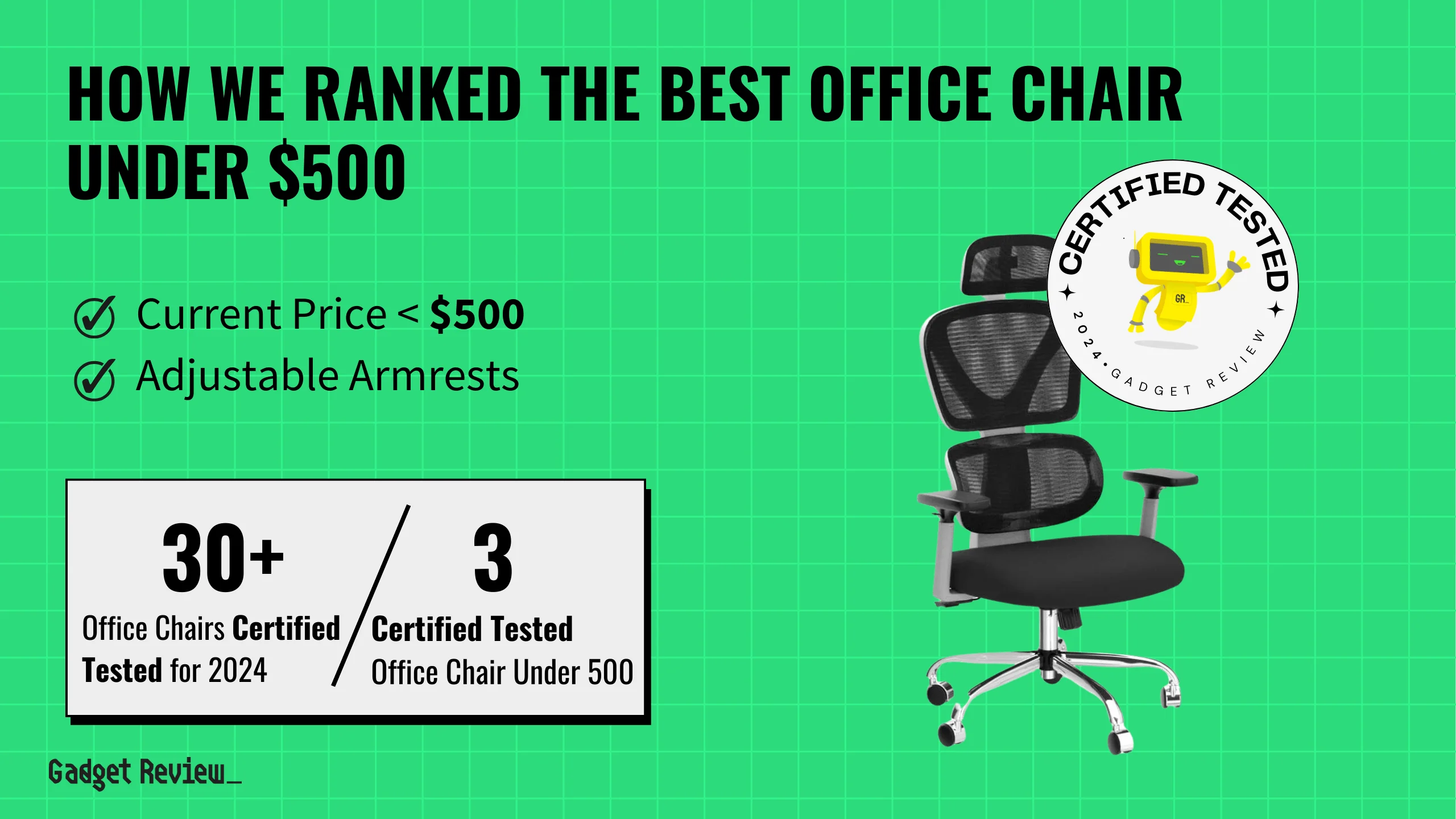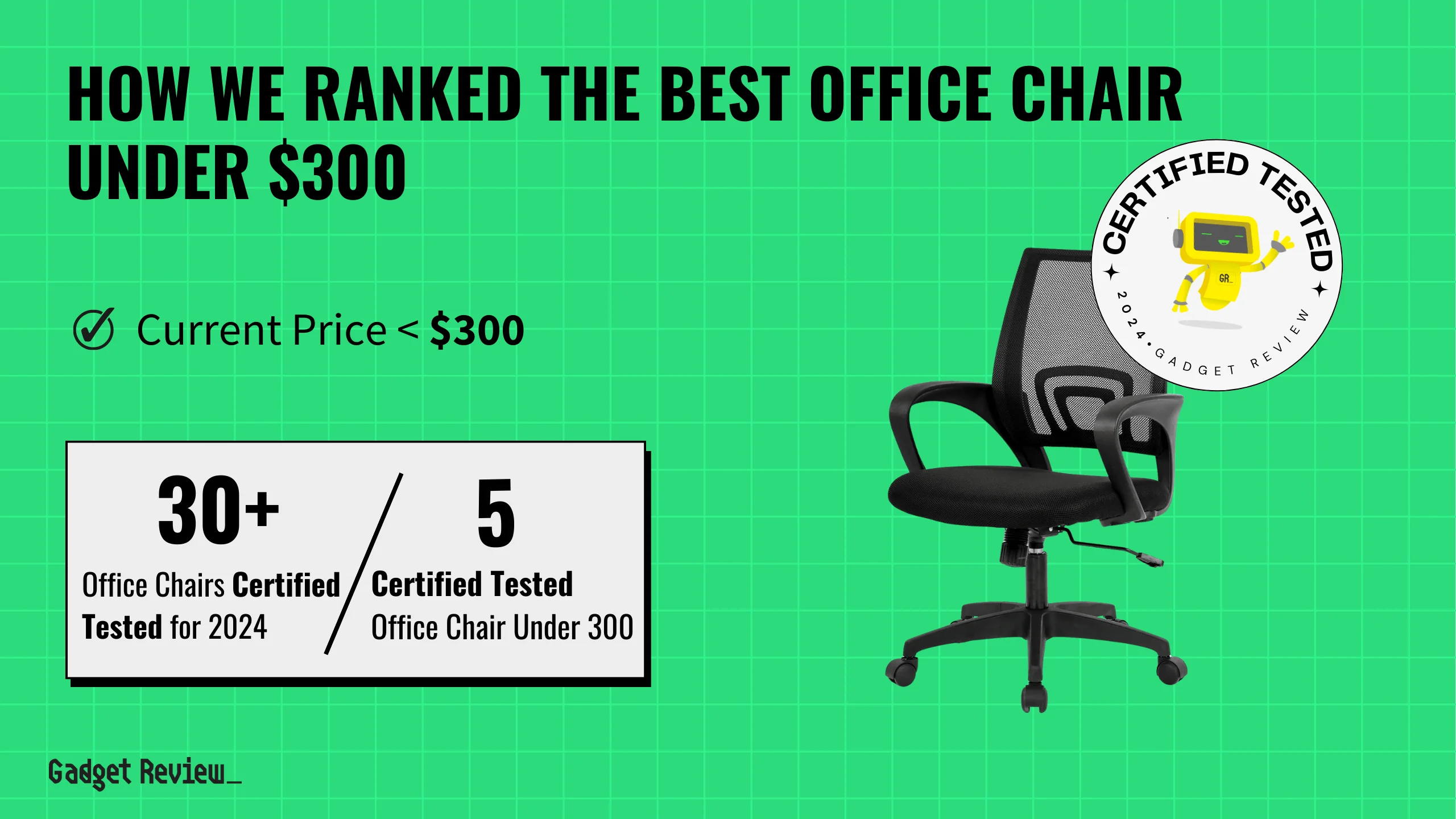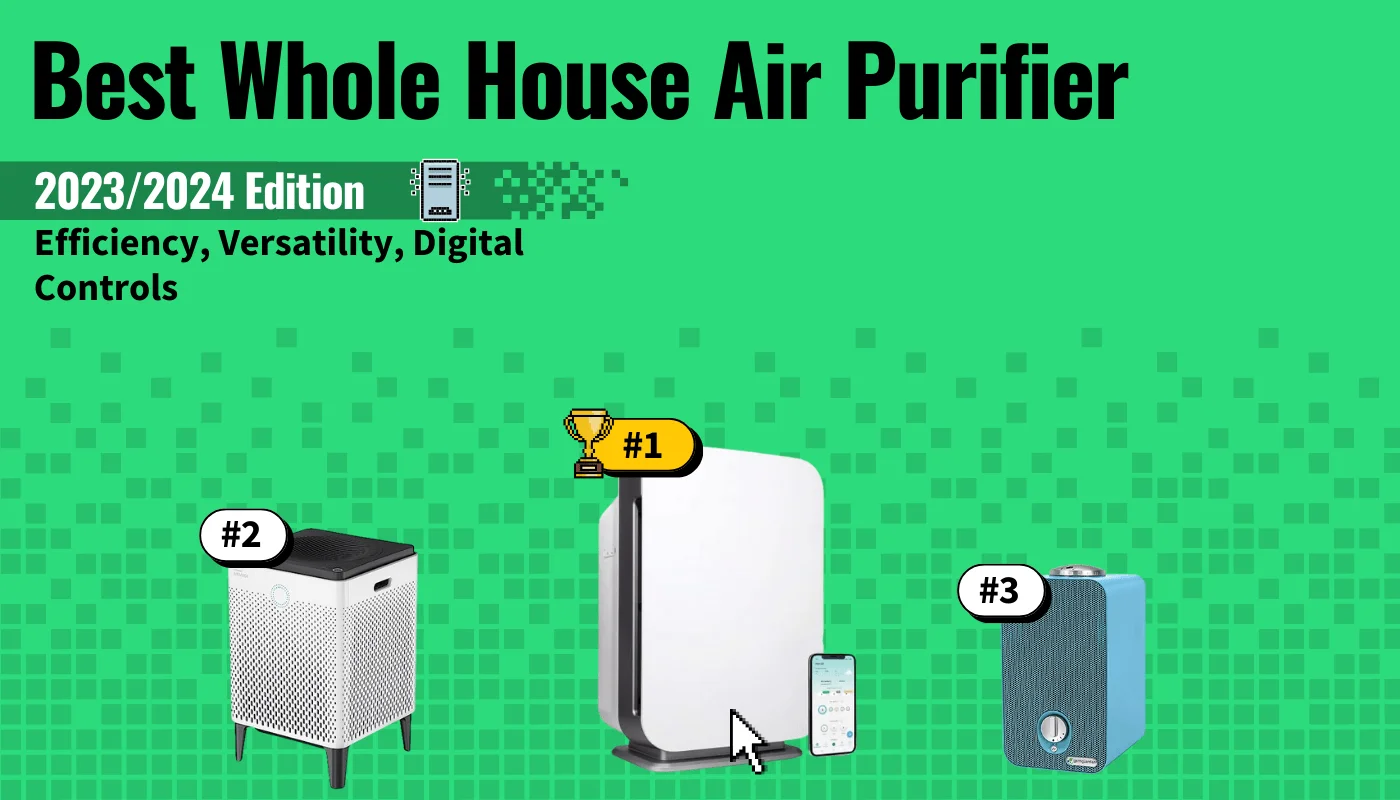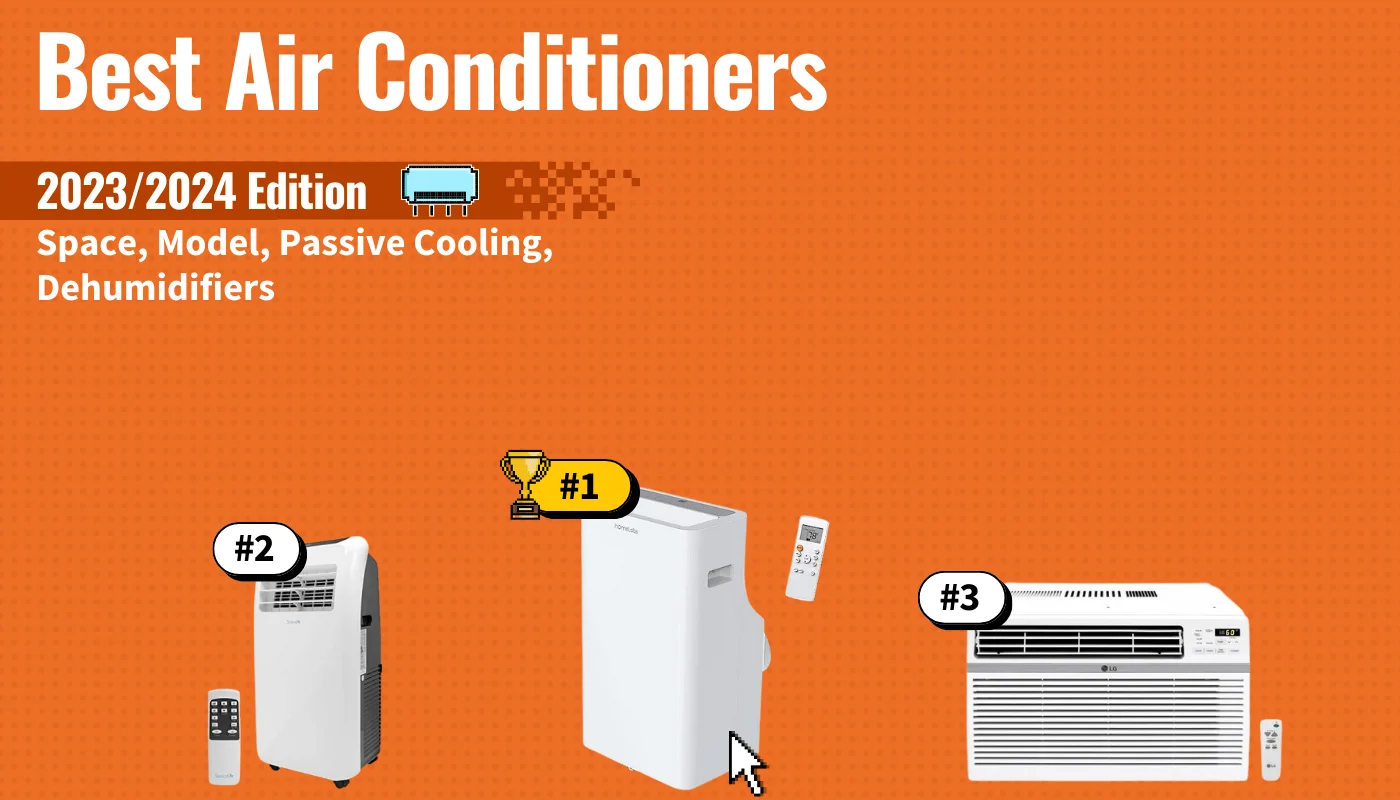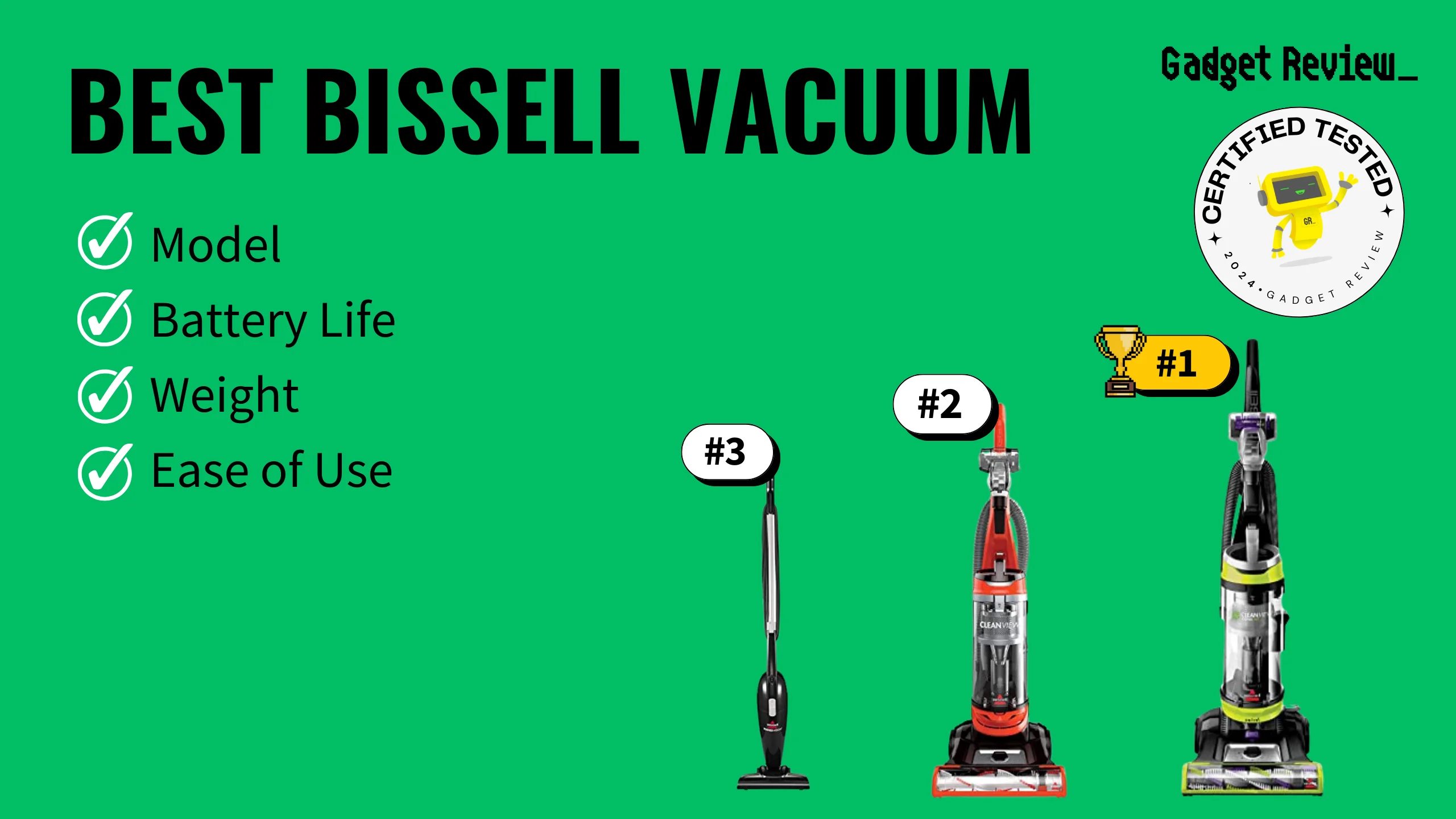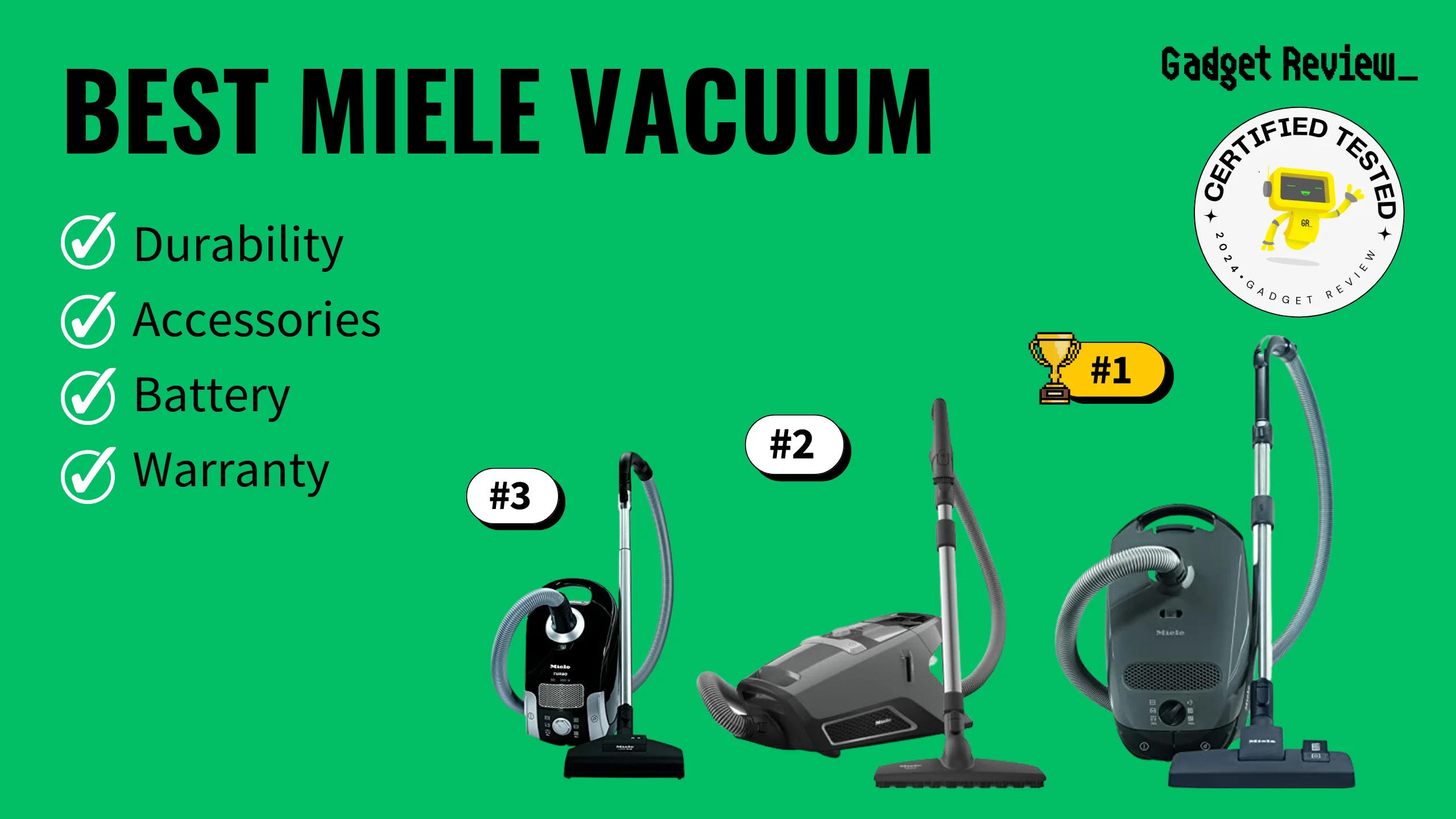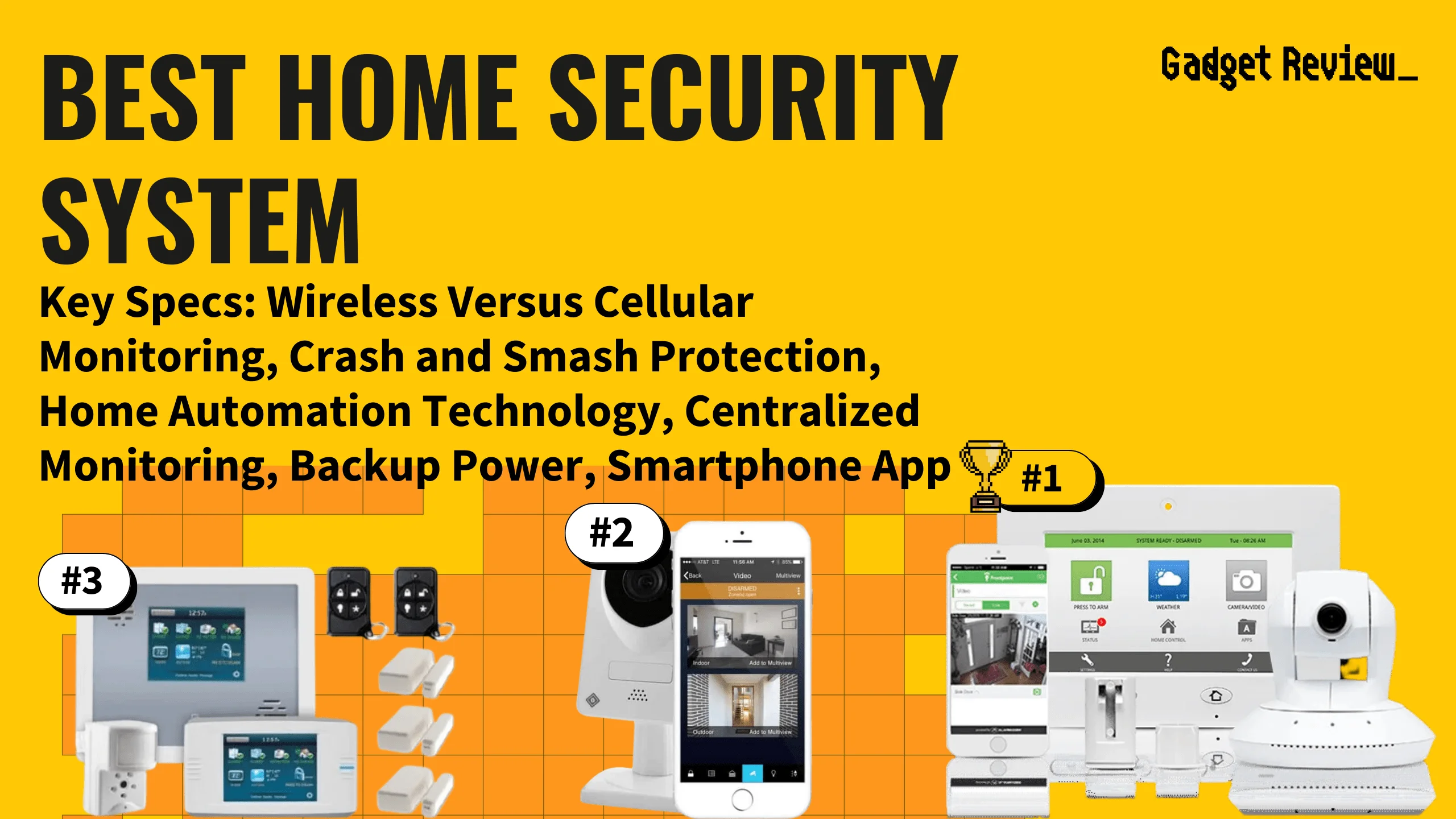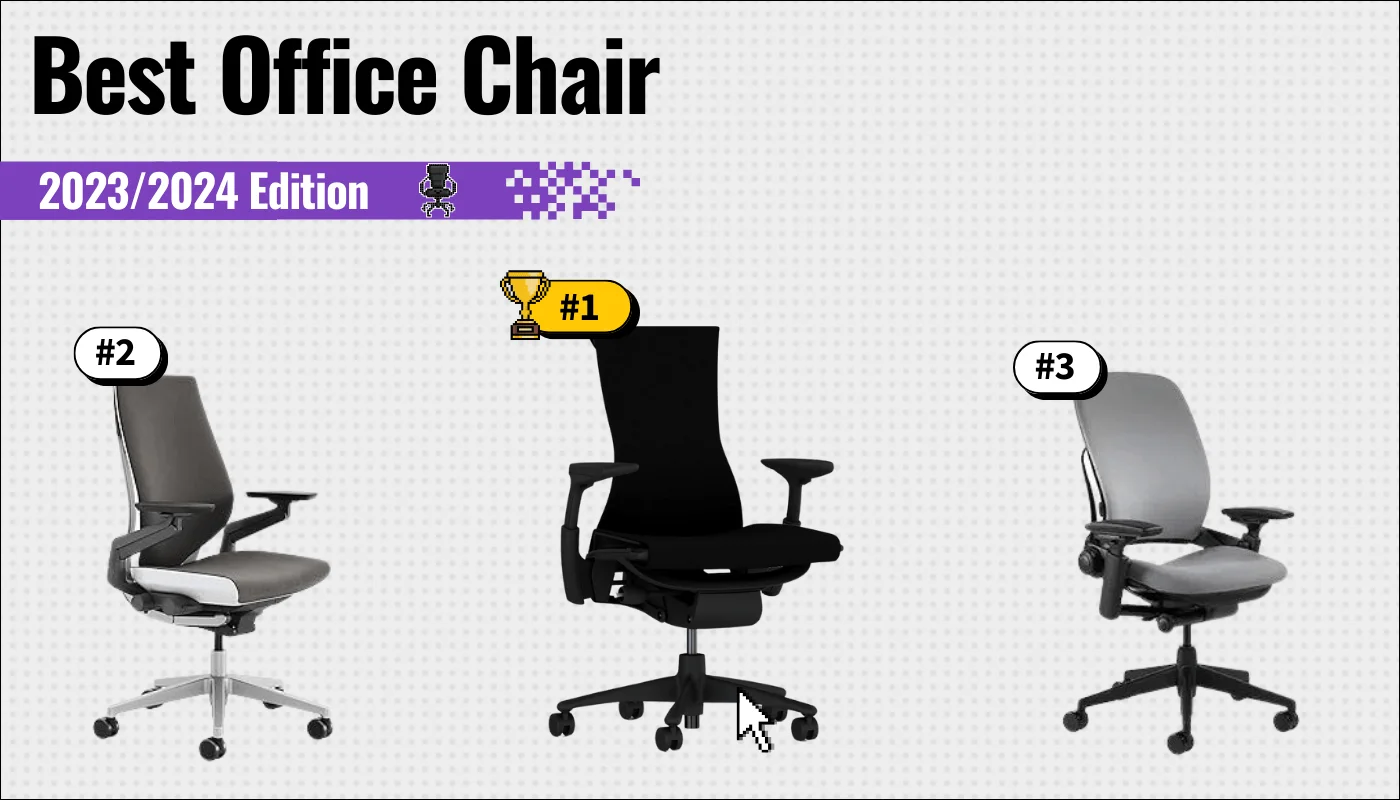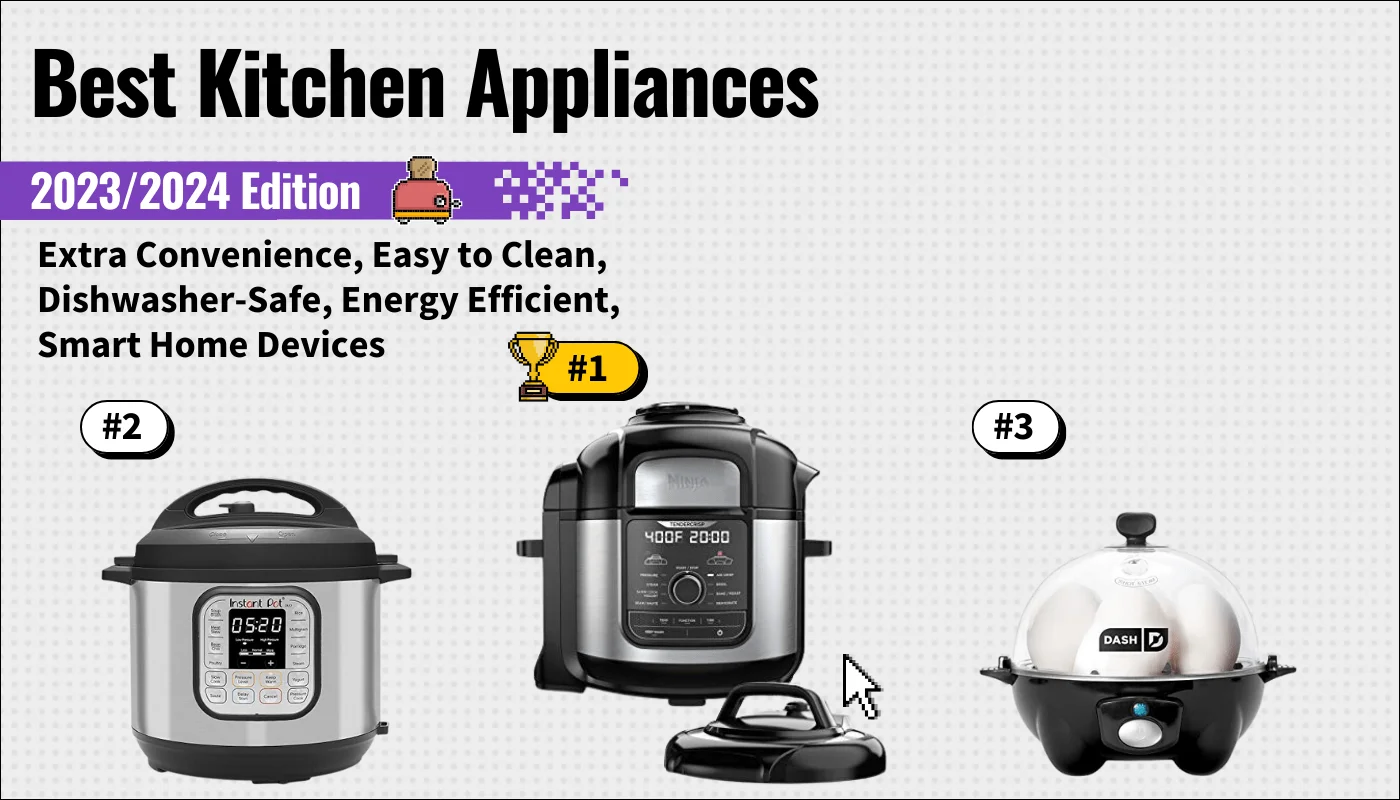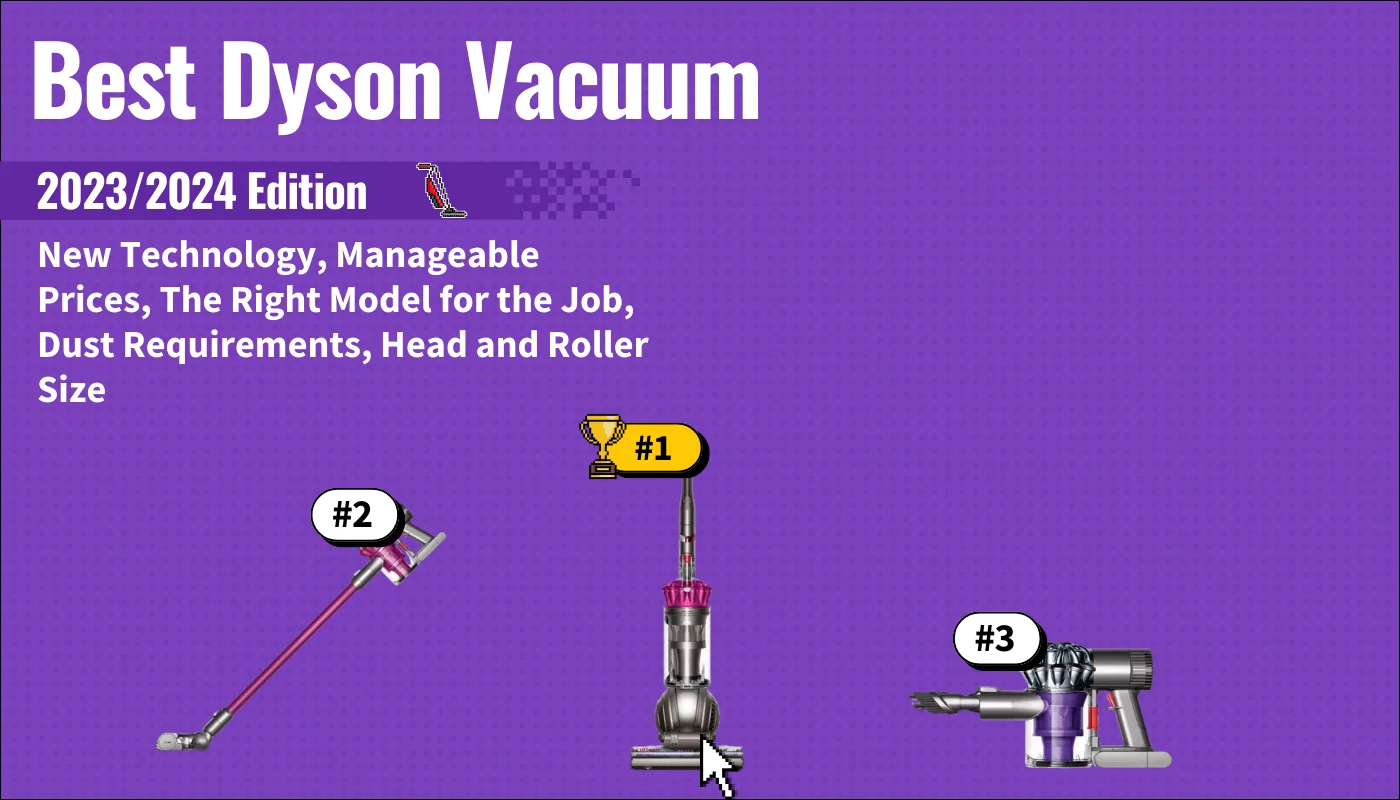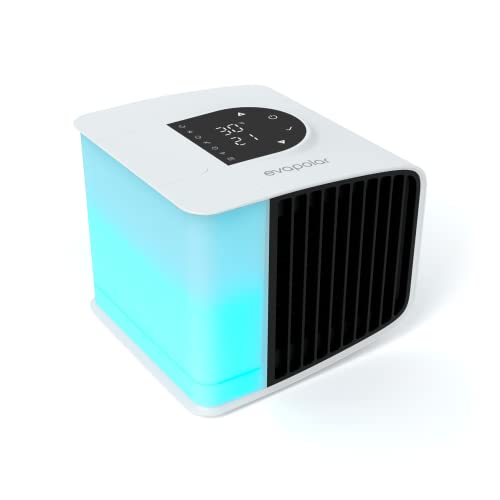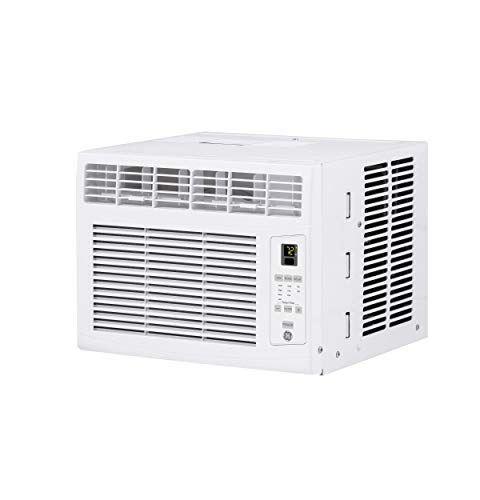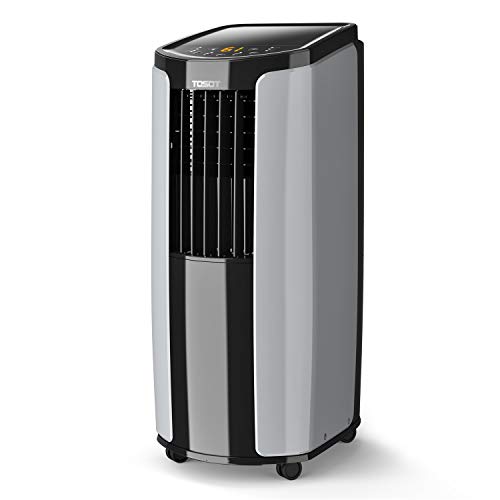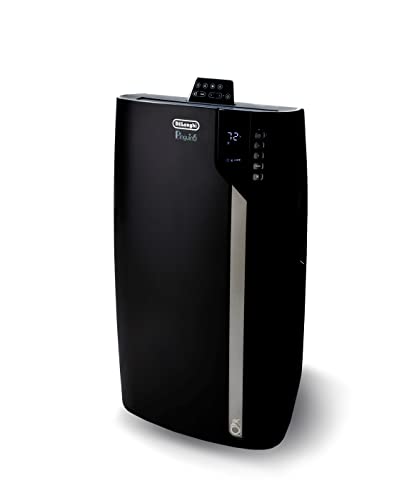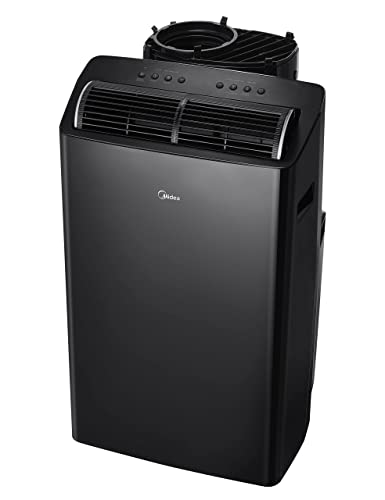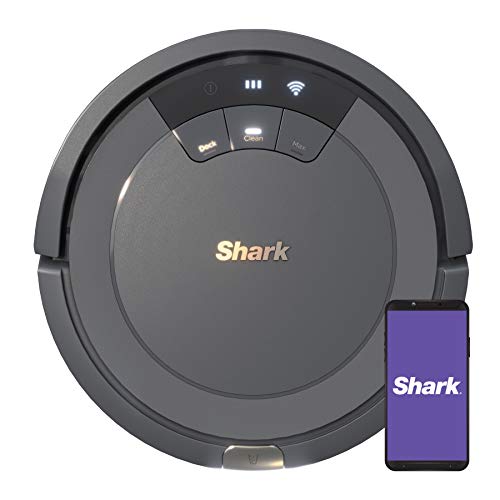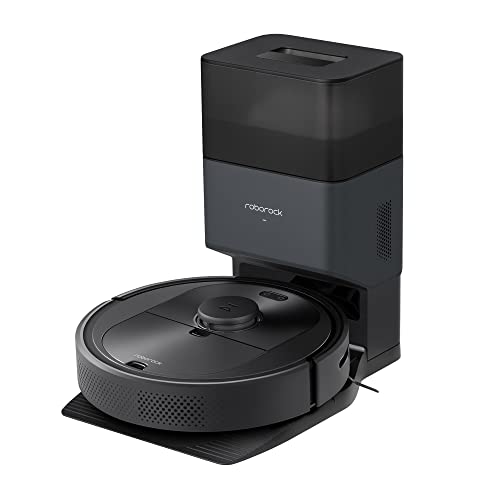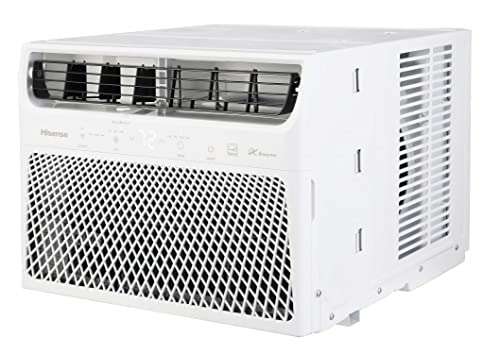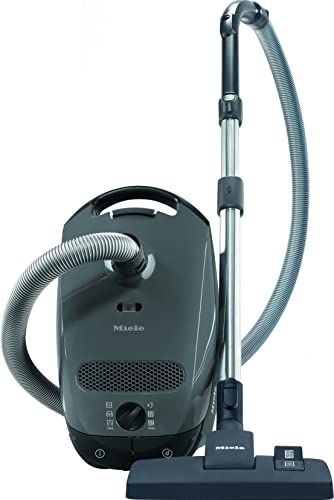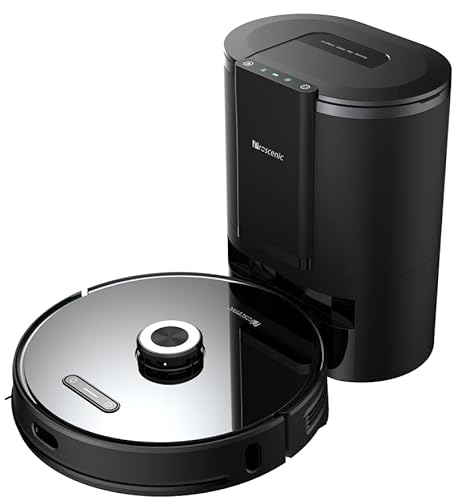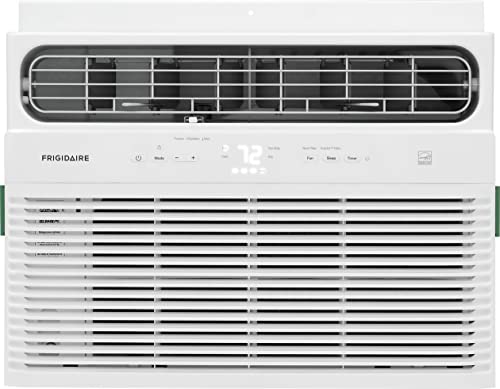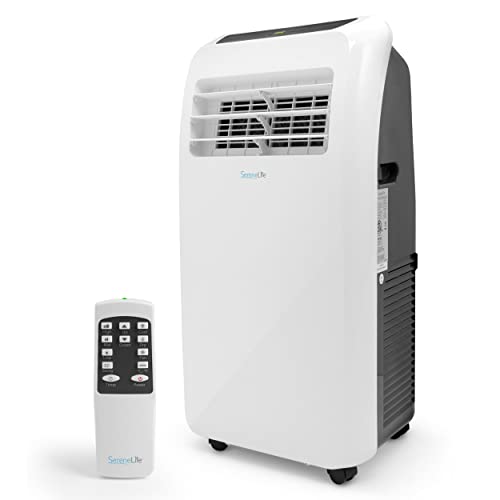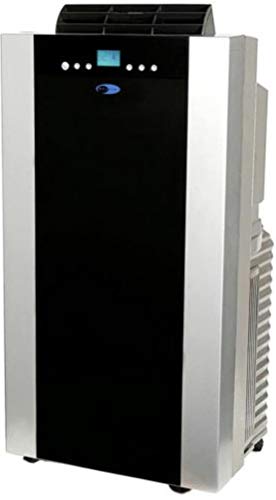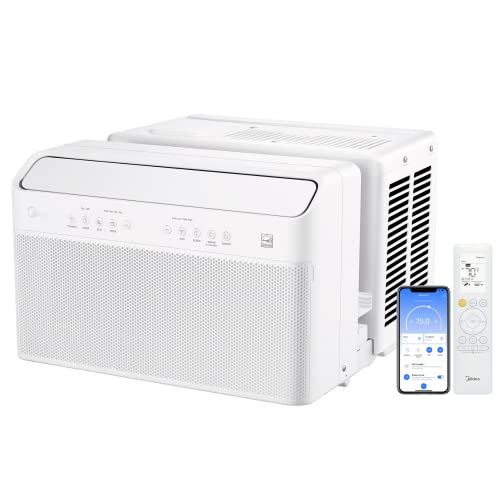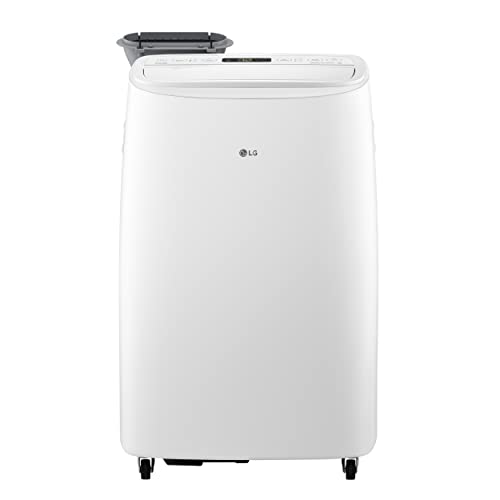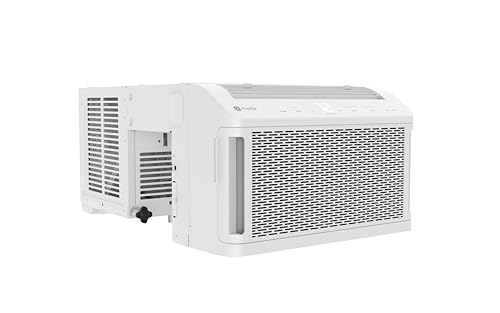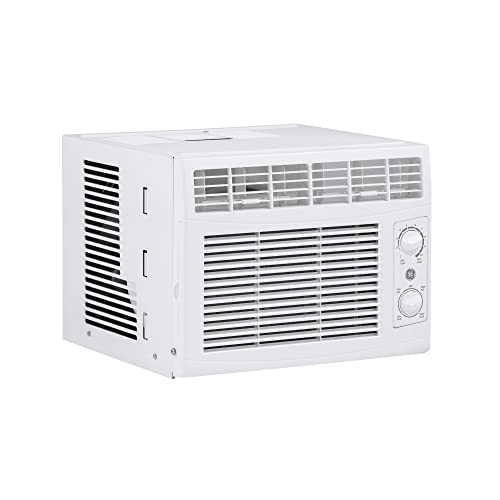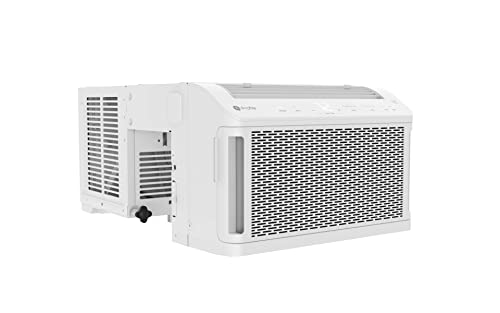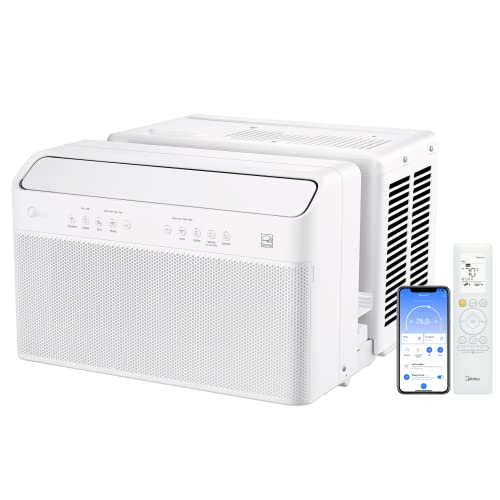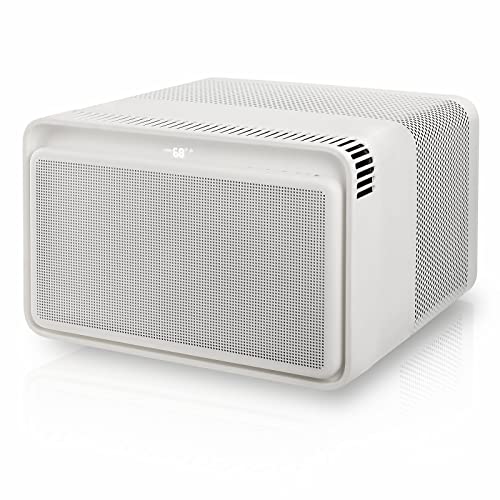If you’re looking for the best photocatalytic oxidation (PCO) air purifier, then you want a technology that goes beyond simply trapping particles and pathogens. These air purifiers are different from traditional air purifiers that rely on mechanical filtration methods. So, you’ll want to ensure that the air purifier clearly states that it uses a photocatalyst that works to oxidize particles and pathogens to turn them into non-toxic substances.
Along with the PCO labeling, you’ll want to ensure that the air purifier also contains a UV light element, as this component is essential for effectively removing pollutants from the air. And, as with other air purifiers, you’ll want to ensure that the CADR score is compatible with your room size and that there are efficient speed settings with controls that are easy to use. We analyzed [x products], but only [X] was good enough to earn our recommendation. Keep reading our best photocatalytic oxidation air purifier buying guide to learn more.
Top Photocatalytic Oxidation Air Purifiers
#1 Ivation 5-in-1 Air Purifier
Award: TOP PICK
WHY WE LIKE IT: This model is fantastic for those looking to keep large rooms purified. It can cover over 3,600 square feet at a time. There is also an advanced air filtration system in this air purifier, and it tackles foul odors with ease.
- Gets rid of foul odors
- Advanced air filtration
- Great for large rooms
- Might have filter issues
If you’re looking for a more comfortable time in your home, this air purifier will ensure that you can breathe easily. It has a powerful ozone generator that can convert oxygen into ozone. This leaves a delightful, clean scent in the air that makes your home feel fresher. Unfortunately, some consumers report that the filter won’t seal to the housing correctly in their unit. Folks have also said that the fan doesn’t draw in enough air.
You’ll also have access to negative ion technology, which releases positively charged particles to minimize allergens and pollutants in the air. This model is easy to operate and doesn’t require a lot of hassle to get it up and running. All you have to do is use the control knobs to adjust different settings, like speed. It’s also easy to clean with a wood exterior that you can wipe down. The fan grill is removable, which makes it even easier to clean.
#2 Triad Aer Air Purifier
Award: HONORABLE MENTION
WHY WE LIKE IT: You’ll have access to 3 different types of technology when you choose this model. It’s a highly compact unit that can be placed almost anywhere, including desks and bedside tables. It includes a remote control.
- Highly compact model
- Combines multiple technologies
- Includes a remote control
- Not a budget-friendly model
This system for air purification provides several incredible technologies to you. It has three built-in so that you’re able to rest assured that your breathing supply is untainted by common allergens like mold, mildew, pollen, dust, and more. Unfortunately, this model cannot be considered budget-friendly by even a stretch. It’s fairly expensive, so it might be out of reach if you don’t want to spend a ton of money.
The technologies built into this system include Photocatalytic Oxidation (PCO), which breaks down odors from mildew, mold, smoke, and more. It also uses needlepoint ionization and scalable purification. These all work together to ensure a sterile environment in your household. This unit is compact, so you shouldn’t have an issue putting it anywhere in your home. You can also store it away whenever you need to without a hassle.
#3 Vornado PCO375DC Air Purifier
Award: BEST FOR ALLERGIES
WHY WE LIKE IT: If you need a system that can clear an entire room, this is absolutely the model for you. It uses UV light as a disinfectant to ensure that you’re breathing clean oxygen. It also uses advanced sensor technology.
- Great for entire rooms
- Uses UV light
- Has advanced sensors
- Motor might be loud
You’ll love the patented technology used in manufacturing this air purification unit. It has Silverscreen technology that utilizes TiO2 media and UV light. This combination of purification will attack bacteria, VOCs, viruses, and harmful gasses. However, you will want to know that many folks have said that this is a fairly loud air purifier. If noise is a dealbreaker for you, then this is probably not going to be the right model.
It also includes advanced HEPA filtration, as well as carbon filtration. The two of these combined filter types are powerful enough to ensure that you can capture 99.9% of particles that are 0.3 microns or larger. This easy-to-use model packs in a whopping eight different speed settings. This provides ultimate customization of settings so that you can adjust this model precisely to your preferences and needs.
#4 BUNN 3000G3 Air Purifier
Award: BEST FOR CLEANING SURFACES
WHY WE LIKE IT: This powerful unit is capable of cleaning not just the oxygen in your household but the surfaces, too. It reduces airborne allergens, so you can breathe easier using ionization and UV light.
- Reduces airborne allergens
- Able to clean surfaces
- Uses ionization and UV
- Might struggle to clear odors
This is a great model to fit your needs if you’re looking for a quiet motor that won’t make a ruckus. It has an extremely quiet fan and motor so that you can relax in your home without the constant annoyance of ambient noise from your air purifier. Even though this is a great air purification system, this unit does have drawbacks. It might struggle to deal with powerful odors, which could be a dealbreaker for some people.
You’ll enjoy the ability to capture up to 99% of odors when you choose this model. It’s excellent at ensuring that foul smells from activities like cooking don’t contaminate the air you breathe, working out, or dirty laundry. This means it’s a perfect unit to use in places like the bathroom, laundry room, or even your bedroom. It can also clean the surfaces in a household, making it a highly effective purification system.
#5 Airocide APS-300 Air Purifier
Award: BEST FOR SANITIZATION
WHY WE LIKE IT: You’ll appreciate that this model has a highly compact design, allowing it to be placed almost anywhere. It is made to disinfect oxygen in your household, and it’s an incredibly quiet model.
- Disinfects oxygen
- Highly compact model
- Highly quiet design
- Has a strange design
Those who are looking to breathe easier in their homes will be able to do so when they choose this model. This air purification system is made with advanced technology that can tackle even the smallest particles of mold, mildew, VOCs, viruses, bacteria, and more. While this is a fantastic model for how it sanitizes the air, you should know that it has a strange design. Some consumers have found this to be an eyesore and a dealbreaker.
This option is made to remove allergens and toxins within 20 minutes, which is incredibly fast compared to competing models. It has a commercial strength system so that you can be sure it has the power you need to purify your space. You can even use this great air purifier on desktops in offices and other professional spaces. This model doesn’t use a filter, so you can skip expensive replacements. It’s incredibly lightweight, so moving it from room to room won’t be a hassle.
#6 Air Oasis iAdaptAir-S Air Purifier
Award: BEST FOR SMALL SPACES
WHY WE LIKE IT: This is a great air purifier model if you’re always on the move. It’s a highly compact design that can fit just about anywhere, including luggage.
- Great for traveling
- Highly compact model
- Reduces VOCs in air
- Might be too small
This model is made to tackle particles in the air that negatively impact your health, and it does so easily. You can count on this air purification system to address particles like bacteria, mold, and even viruses. This helps keep you healthy even when flu season is in full swing. However, this will not be a suitable option for you if you’re looking to purify the air in a large room. This air purifier is meant for small spaces, like your home or hotel bathroom.
You’ll also be able to breathe easier when you use this model if you struggle with allergies or asthma. That’s because it’s specifically designed to reduce allergens, which can trigger reactions in people with respiratory diseases and ailments. Beyond this, you’ll also enjoy the reduction of VOCs in your air supply. If you have a lot of problems with foul odors, it’s also a smart choice. This is because it tackles airborne odors and removes them from your breathing supply, leaving your home smelling fresher and cleaner.
Beginner’s Guide to PCO Air Purifiers
What are PCO Air Purifiers?
PCO air purifiers are a specific type of air purifier that relies on a special technology that effectively removes and neutralizes pollutants from the air. These air purifiers feature an advanced filtration technology that’s efficacy is boosted by the power of UV light to oxidize most major pollutants found in the air.
This includes bacteria, mold, fungi, and volatile organic compounds (VOCs). While these air purifiers are incredibly effective at removing pollutants, some models do create harmful byproducts. In particular, ozone and nitrogen dioxide are the two most well-known. Consistent inhaling of ozone or nitrogen dioxide can make breathing more difficult for people in sensitive groups, such as those with respiratory conditions.
PCO Air Purifiers vs Air Purifiers
The filtration method is the biggest difference between PCO air purifiers and most standard air purifiers. Except for photoelectrochemical oxidation (PECO) air purifiers and some air sanitizers, most other air purifiers rely on traditional mechanical filtration methods such as HEPA and activated carbon filters.
Mechanical filtration merely traps particles as the air passes through the filter. So, technically speaking, the contaminants are still there — just contained within the filter. In contrast, PCO (and PECO) change particles’ chemical structure, rendering them harmless. Often, the particles are transformed into compounds such as carbon dioxide (CO2) or water (H2O). Note that PECO is an updated filtration method that leverages PCO technology with minor tweaks to make filtration and neutralizing contaminants more efficient.
One of the biggest differentiators between PCO air purifiers and other technologies is that the filter doesn’t need to be replaced nearly as frequently. While PECO, HEPA, and activated carbon filters must be replaced anywhere from every three to 12 months, PCO filters can go years before you need to replace them.
And when compared to HEPA filters, which are considered incredibly thorough at removing even small particles like dust, PCO filters are the winner. Whereas HEPA filters can remove particles as small as 0.03 microns, PCO filters can remove particles as small as 0.001 microns.
How PCO Air Purifiers Work
PCO air purifiers combine two technologies to create an effective air purification system. As the name implies, the air is cleaned using a two-step process that includes a filter with a photocatalyst and UV light to create the oxidation process.
A photocatalyst is a substance that helps to start a chemical reaction. This substance is usually a compound like titanium dioxide. Once the UV light passes over the surface of the filter, the photons from the light free electrons on the surface to create positive holes. Hydroxyl is produced from this reaction and has a negative charge.
Hydroxyl serves as a natural and incredibly potent oxidizer for even stubborn particles. As air passes through the filter and interacts with the hydroxyl, pollutants are neutralized and converted into harmless byproducts such as carbon dioxide and water.
However, in some cases, PCO air purifiers can create ozone as a byproduct. Considering that air purifiers are designed to be used continuously, this can be harmful to people in compromised groups such as those with breathing conditions. So, you’ll want to ensure that you select a PCO air purifier that is certified by the California Air Resources Board (CARB) (known as CARB compliant) to not produce ozone.
Why Should You Buy a PCO Air Purifier?
While all air purifiers remove contaminants, not all of them actually destroy them. Most mechanical filtration methods simply trap particles — which means that when the filter needs to be changed, pollutants may be released back into the air. In contrast, PCO technology destroys pollutants at the molecular level and transitions them into harmless byproducts.
Are PCO Air Purifiers Worth Buying?
- You Don’t Want to Change Filters: One of the biggest selling points for PCO air purifiers is that the filter doesn’t need to be changed. If you want to minimize ongoing costs, investing in this device might be a good idea.
- You Want to Do More Than Trap Particles: Traditional air purifiers simply trap particles. So, in theory, the contaminants are still there, just contained within the air purifier. A PCO air purifier changes the chemical composition of particles and converts them to harmless substances.
- You Want an All-in-one Solution: One of the biggest selling points of PCO air purifiers is that they can effectively tackle all of the major pollutants, including pathogens, dust, pollen, mold, VOCs, and allergens.
Why PCO Air Purifiers May Not Be for You
- You’re Concerned About Ozone: To be clear, not all PCO air purifiers produce ozone as a byproduct — but the risk is there. If you’re concerned about this, a PCO air purifier might not be for you.
- Your Budget is Tight: PCO air purifiers can be quite expensive. Even if you don’t have to pay for filters after the initial purchase, these models are far more costly than air purifiers that rely on mechanical filtration.
- You Won’t Run It Continuously: As with any air purifier, PCO models are intended to be run continuously. You won’t get the long-term benefits of cleaner air if you only run your air purifier occasionally.
How Long Will PCO Air Purifiers Last?
As with other air purifiers, the question is never about the actual unit. The units can last a considerable amount of time as long as you treat them right. But the real question is how frequently do you need to change the filter, and what are the associated costs?
PCO air purifiers vary in terms of how frequently the filters need to be changed. Depending on the manufacturer, some brands claim that the filters don’t need to be changed at all while others offer a range from two to five years. For brands that do require filter replacements, this is usually because the titanium dioxide photocatalyst wears out over time, and efficacy drops with continued use.
Also note that since PCO relies on UV light to function properly, you’ll need to factor in the cost of replacing the UV bulb. Again, this will usually only need to be done every few years, but the bulbs may not be cheap.
How to Choose a PCO Air Purifier
There are some unique concerns to PCO air purifiers that you won’t necessarily have with most other air purifiers — especially as it relates to ozone byproducts. But in general, the factors you use to select a PCO air purifier are fairly similar to other models.
PCO Air Purifiers Key Factors to Consider
1. Are you concerned about ozone production?
In large quantities, ozone can be dangerous for people to breathe. But even for machines that produce ozone to within EPA-acceptable limits, if you have a breathing condition this might be a concern.
If you’re worried about experiencing a reaction to breathing in ozone, opt for PCO air purifiers that are CARB-approved. This is because the state of California doesn’t allow the sale of air purifiers that emit harmful levels of ozone. California’s emissions guidelines are very strict, often surpassing ozone emission benchmarks established at the federal level through the Environmental Protection Agency (EPA).
As a result, businesses wishing to sell appliances in the state of California must meet or exceed CARB requirements. And ultimately, consumers in any state can purchase an CARB-compliant air purifier and be confident that the ozone emissions are low — if at all.
2. What’s your budget?
PCO air purifiers tend to be more expensive than models that rely solely on mechanical filtration methods like HEPA and activated carbon. Still, it’s possible to find affordable options. Also, consider that the filter needs to be replaced less frequently.
Another thing to keep in mind is that PCO tackles all major contaminant groups whereas there are no mechanical filters that can work independently to completely remove all major contaminant groups.
3. What pollutants are you targeting?
Compared to traditional mechanical filtration methods, PCO (and PECO) stand out as the standalone option that can tackle all major pollutant groups without needing to combine multiple filtration methods.
If you want to tackle all of the major pollutant groups (smoke, dust, pathogens, mold, and allergens), then PCO (and PECO) are great options. However, PCO might be more powerful than you need if you only care about one or two of those categories.
When considering purchasing the best air purifiers for mold, pay attention to several key factors:
- The purifiers must have industrial-grade seals and filtration compartments to ensure that contaminated air is processed effectively.
- The quality and volume of the filtration media, particularly activated carbon filters, are critically evaluated for their efficiency and longevity.
- Another important aspect is the use of medical-grade HEPA filters, which are essential for high-performance air filtration and improved air quality.
- Additionally, the durability of the air purifier’s design, especially in demanding environments, is important. Multi-stage air cleaning effectively captures and removes mold spores.
4. What’s the CADR score?
This is one category where PCO (and PECO) tend to underperform when compared with air purifiers.
CADR stands for “clean air delivery rate” and references how effectively an air purifier can draw in air. It also represents how well the unit will perform in a particular size room. As with other air-moving appliances, a higher score equals better effectiveness. Since PCO (and PECO) are not as efficient at drawing in air as other purifiers, you’ll want to get a unit with a CADR score that’s rated for a room larger than the one in which you plan to use it for maximum effectiveness.
5. How is the noise output?
Air purifiers are intended to be run continuously. Whether that’s a shared living space or a bedroom, you don’t want a unit that’s so noisy you can barely enjoy watching television or struggle to fall asleep.
Look for models that have quiet modes and ideally don’t emit more than 50 decibels of noise at the highest fan settings.
6. Are the controls easy to use?
Because air purifiers are meant for constant use, look for units that feature straightforward control panels. The last thing you want is to have to fight with a device to use it properly.
Some models also come with remote controls or have a smartphone-compatible app which makes adjusting the settings significantly easier.

